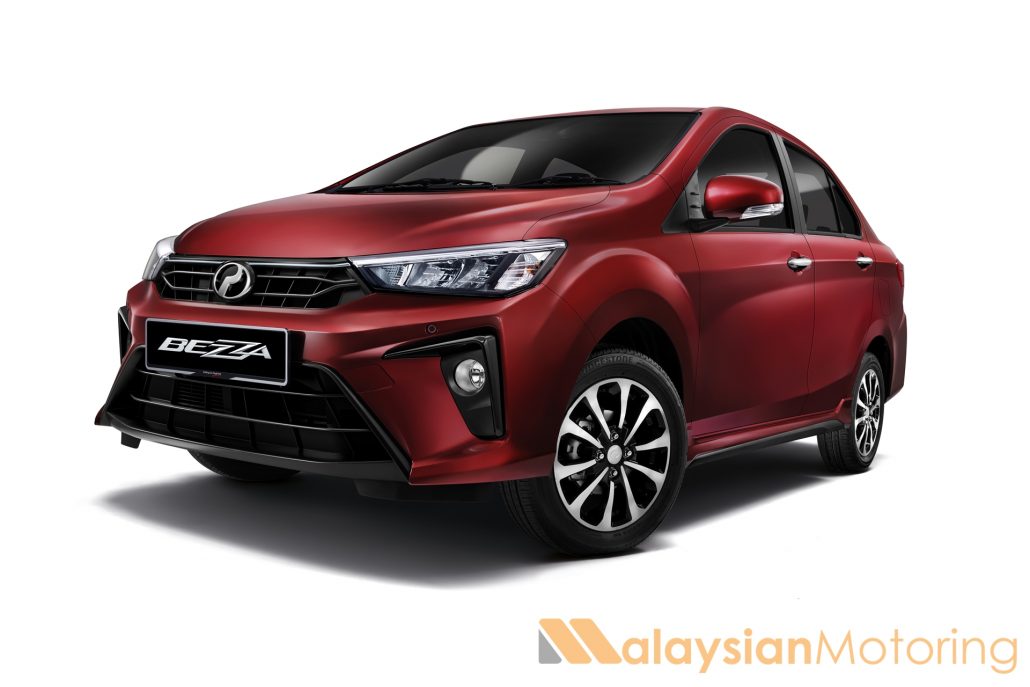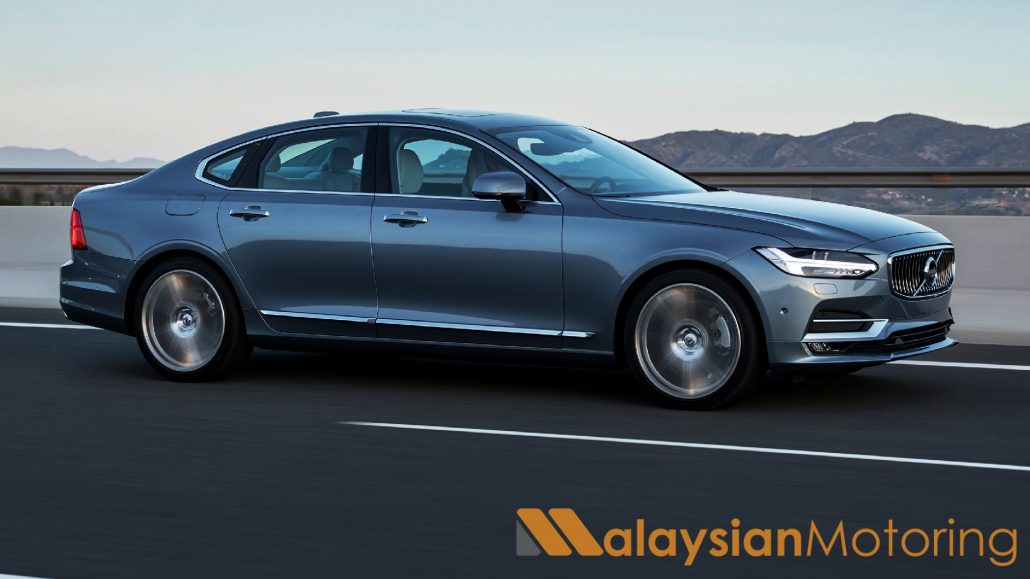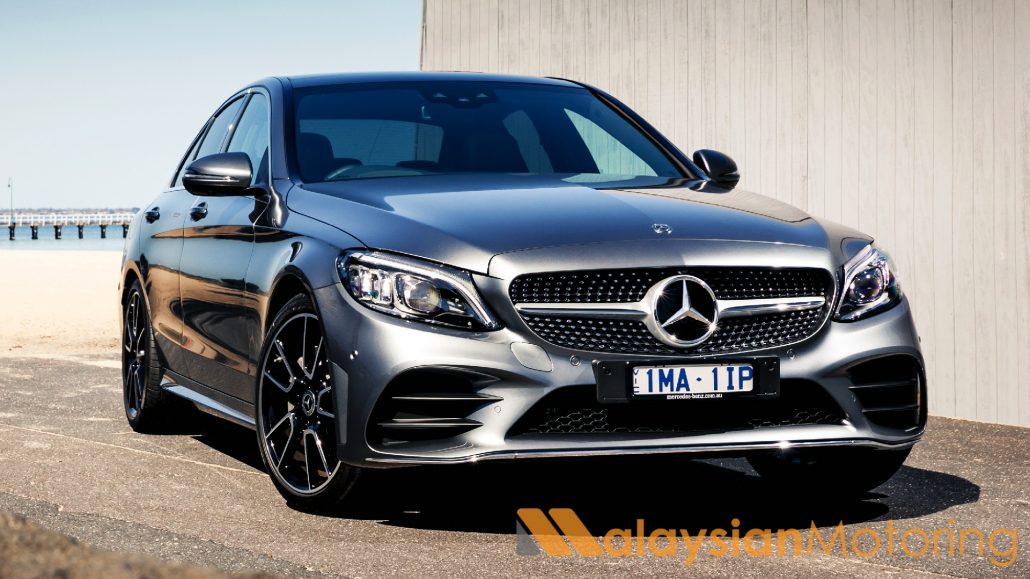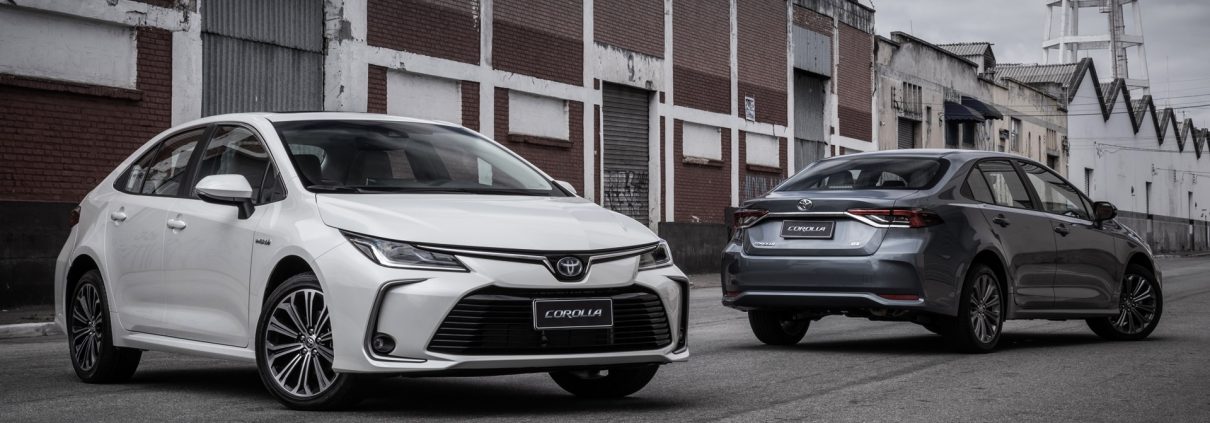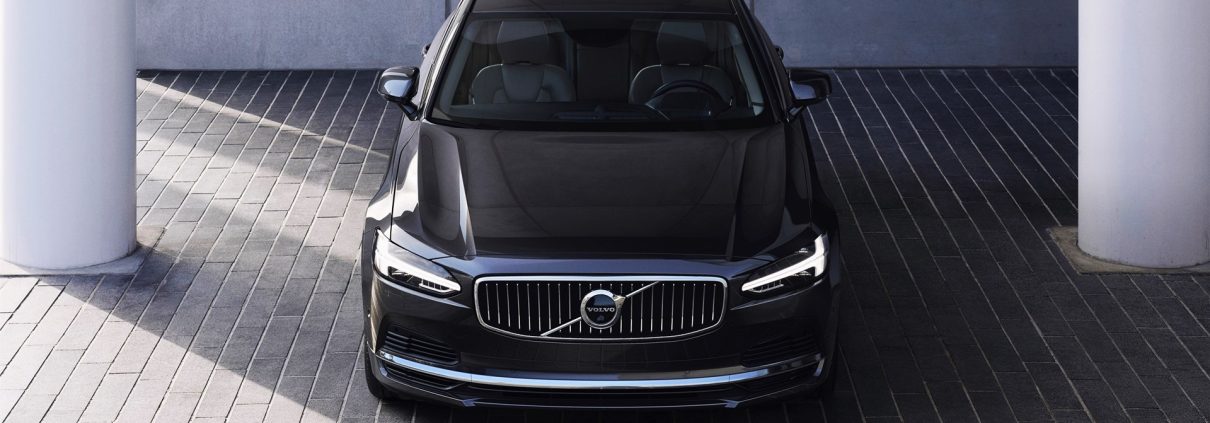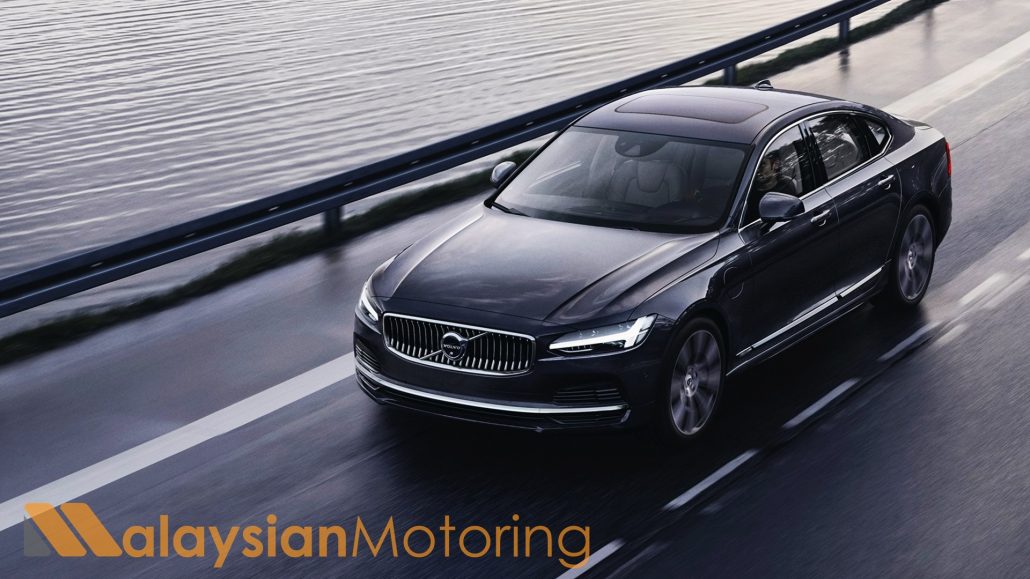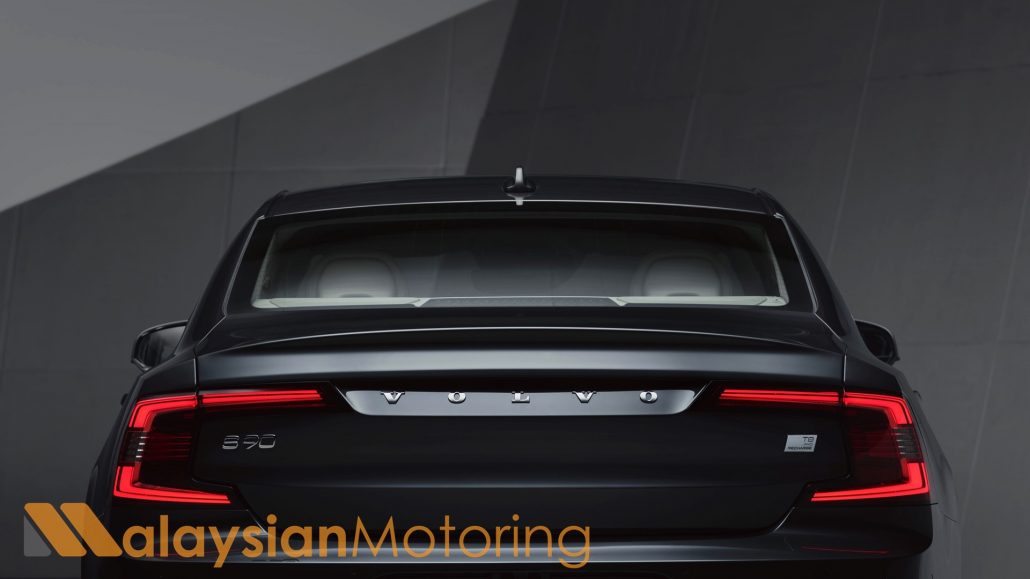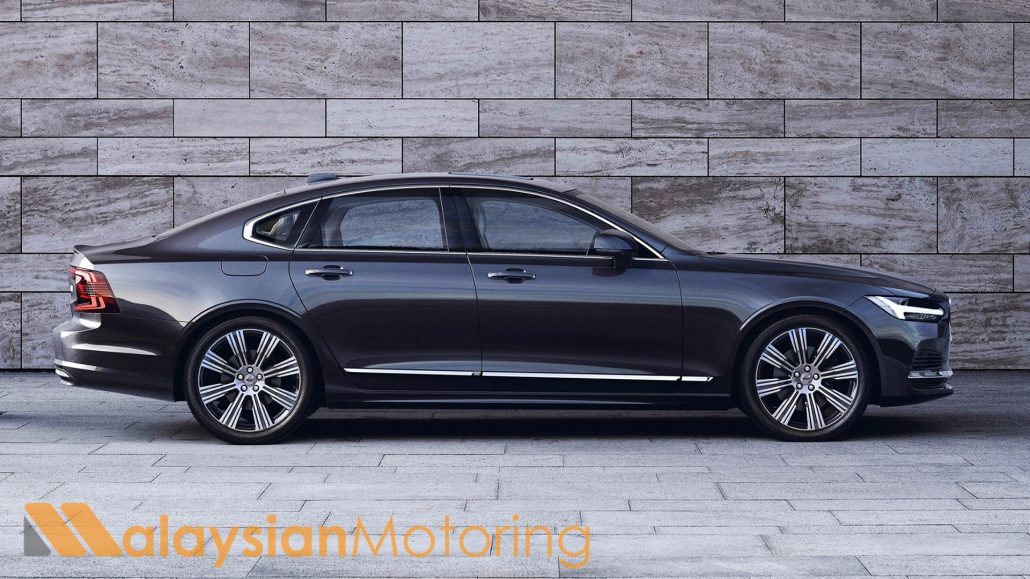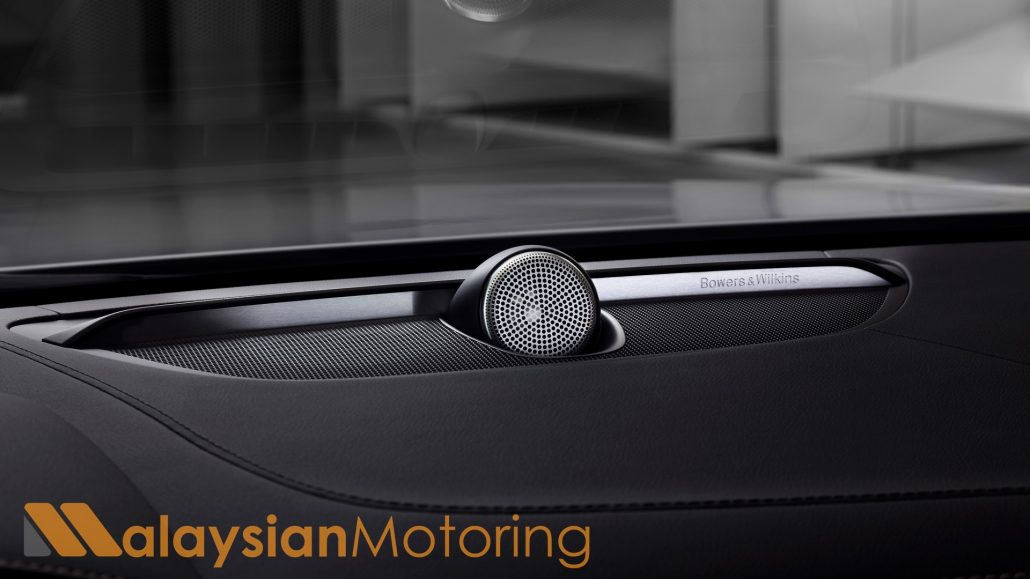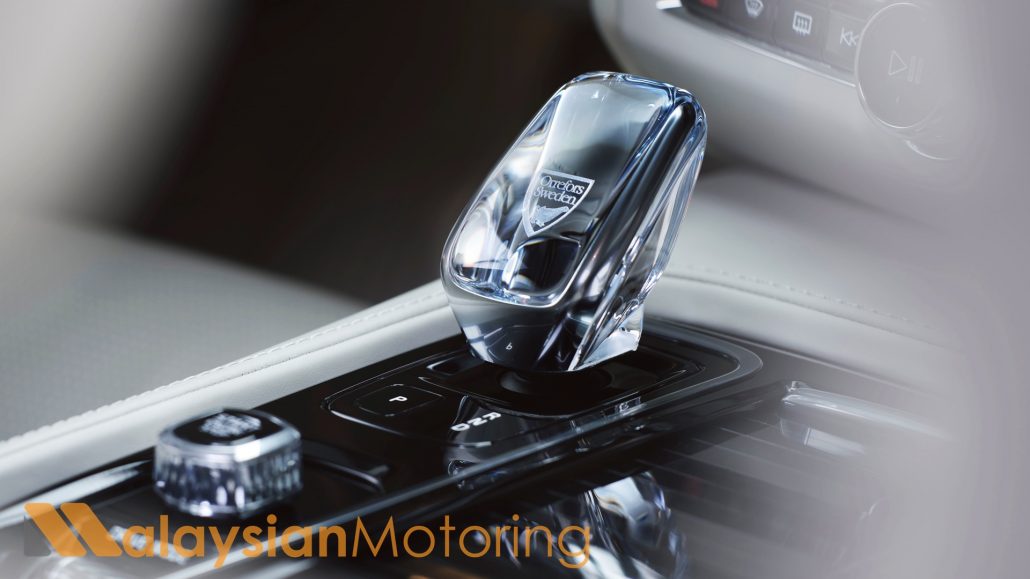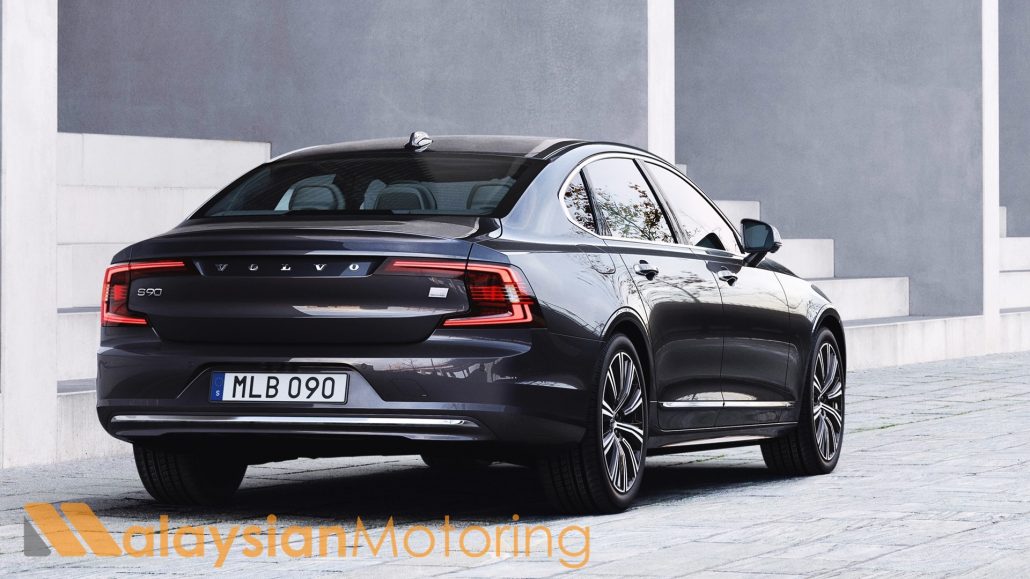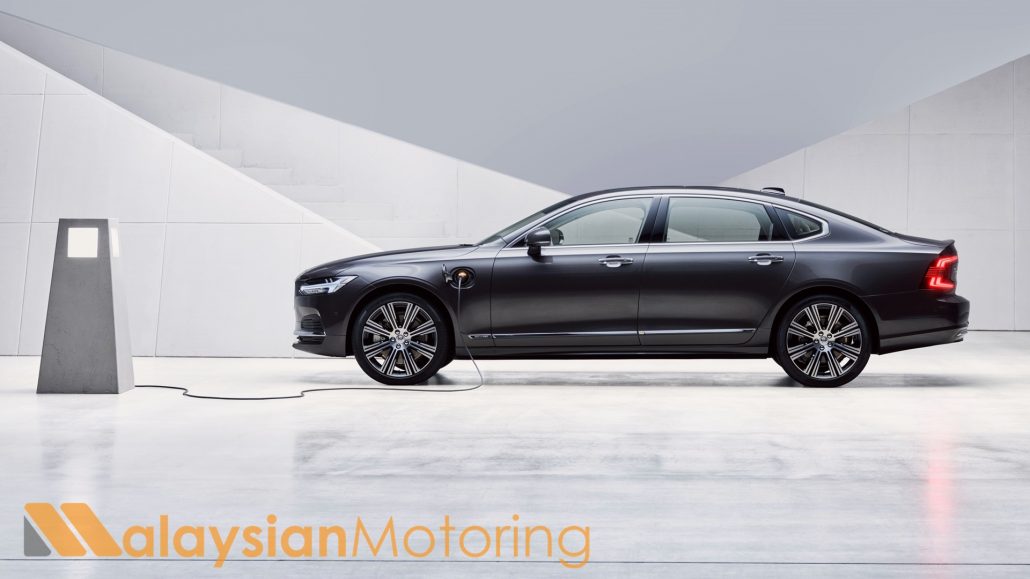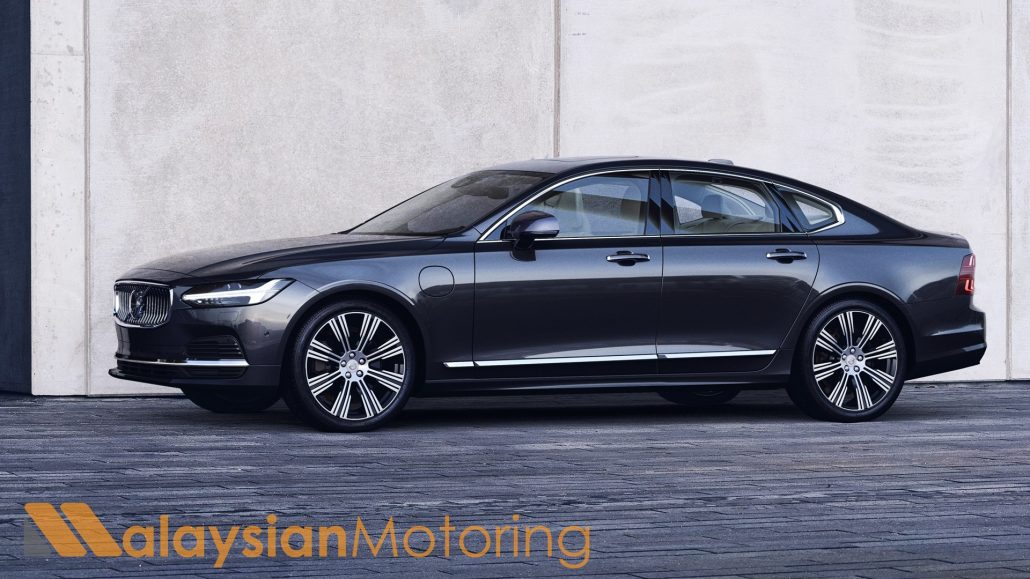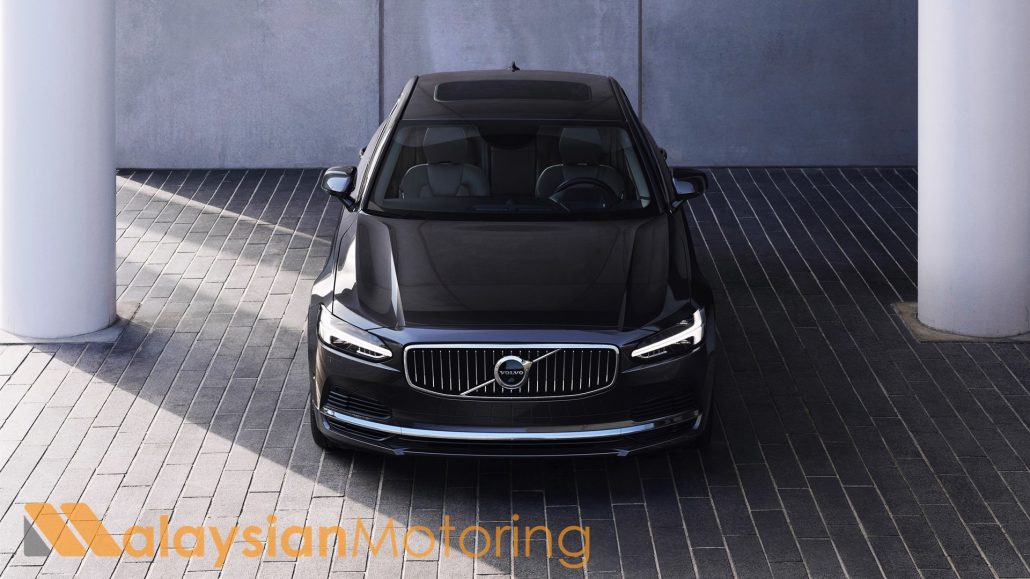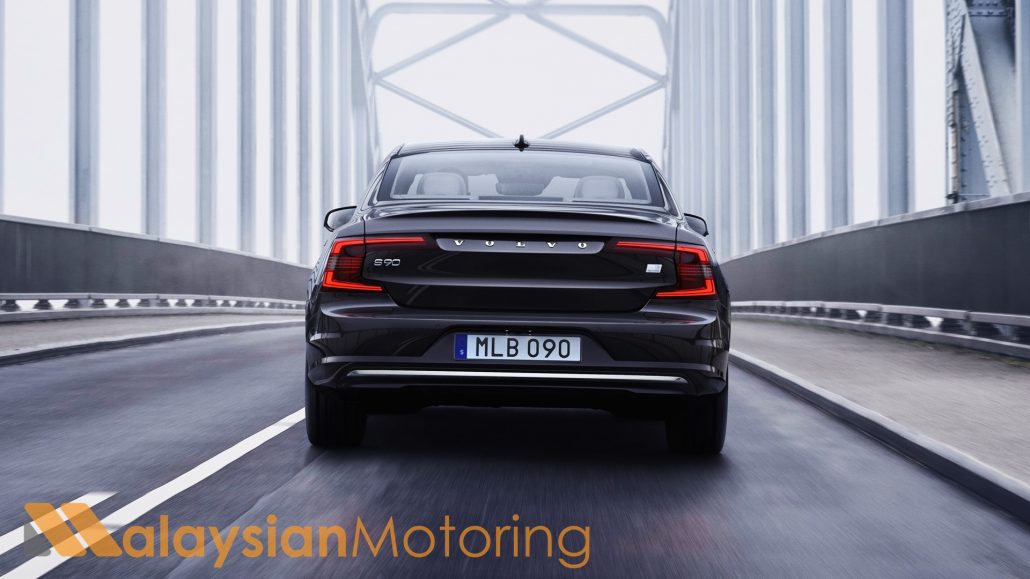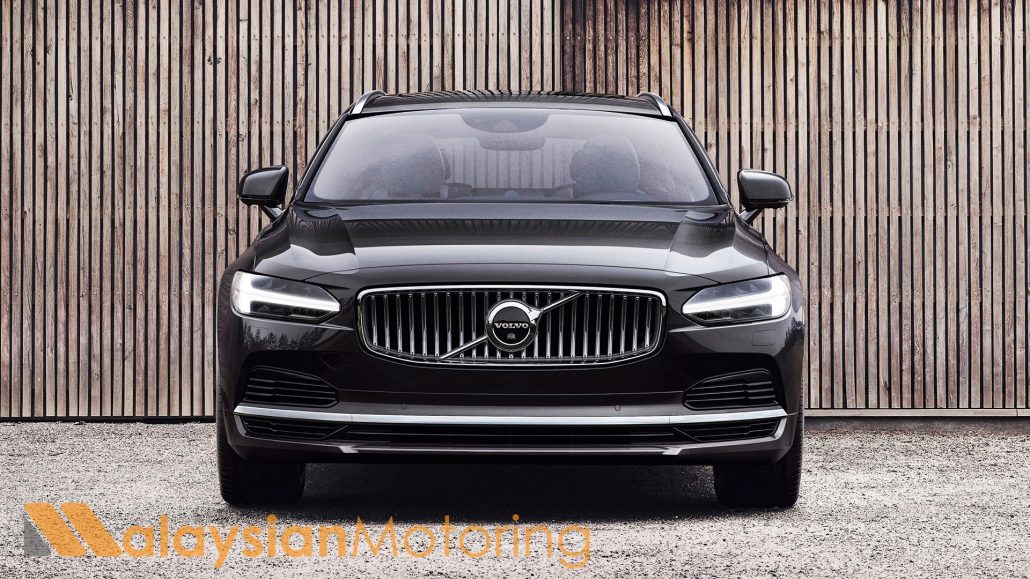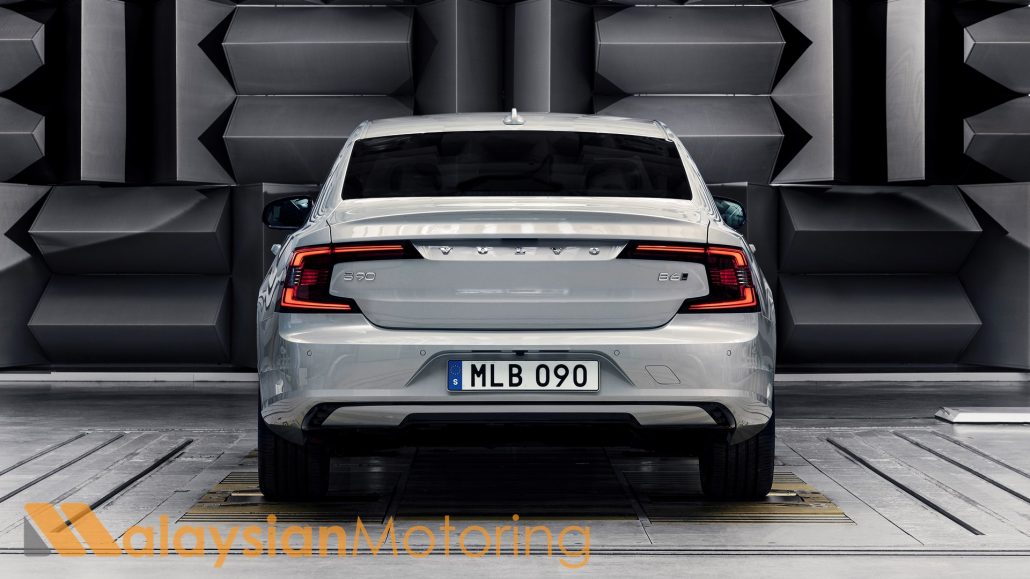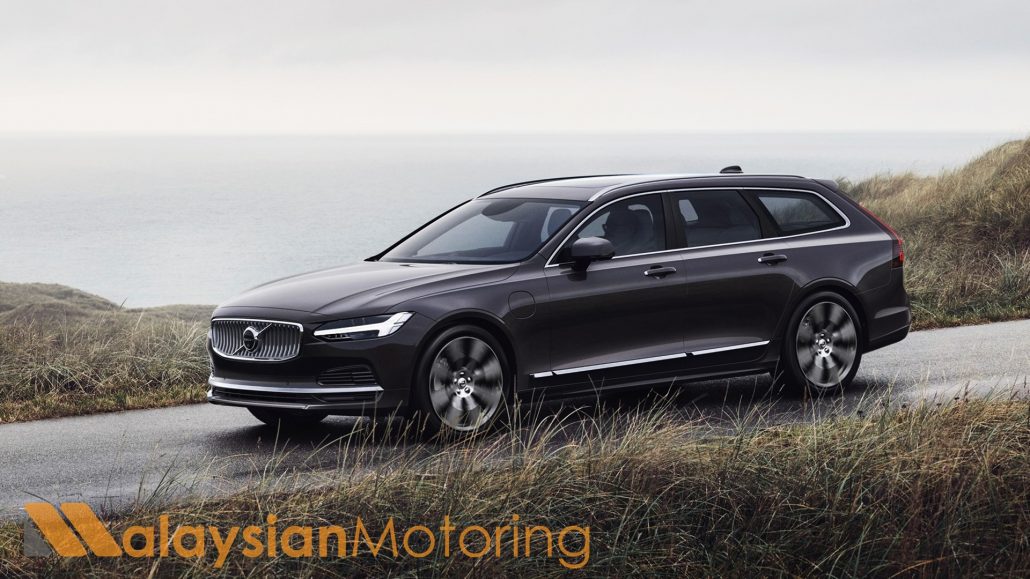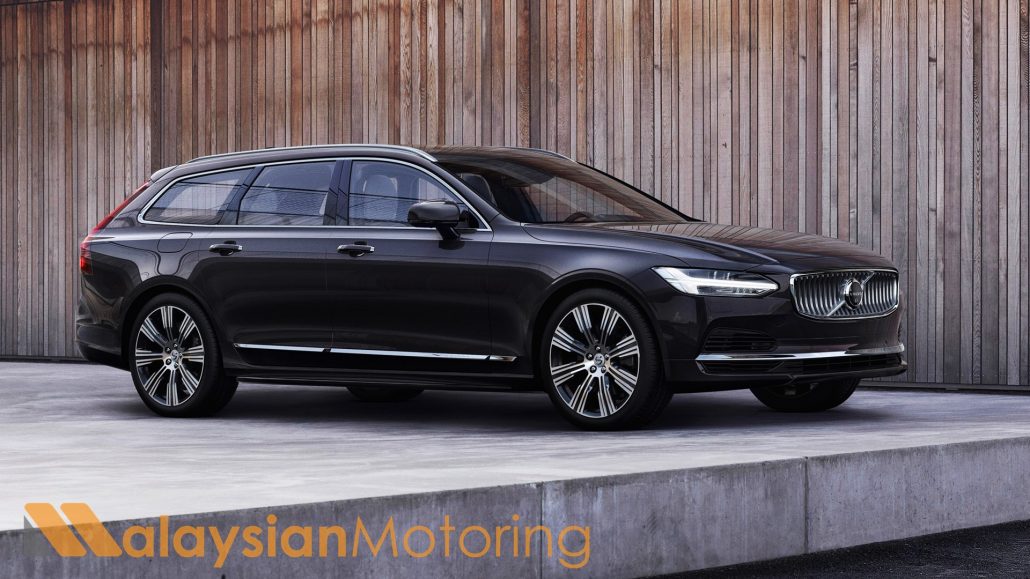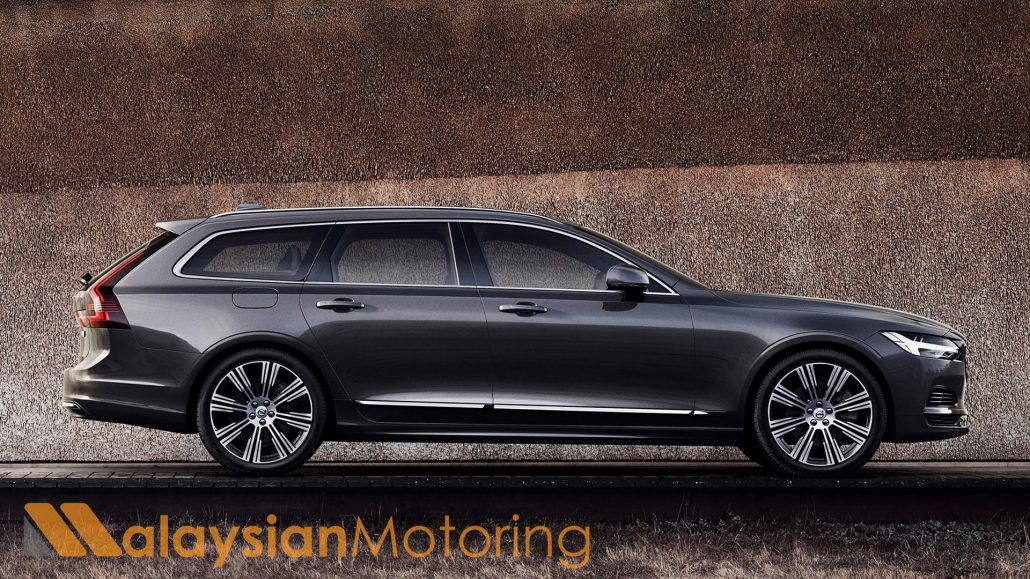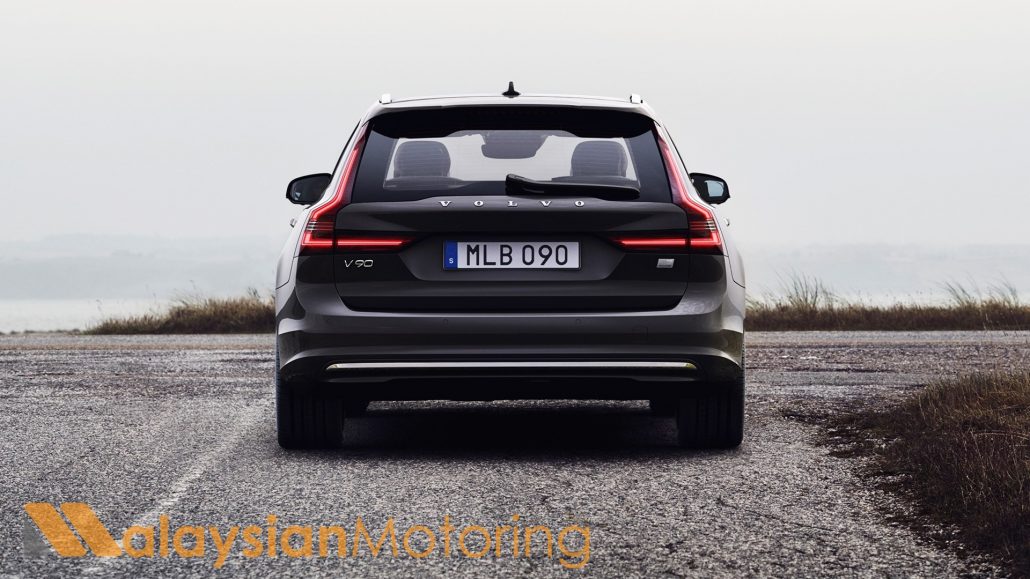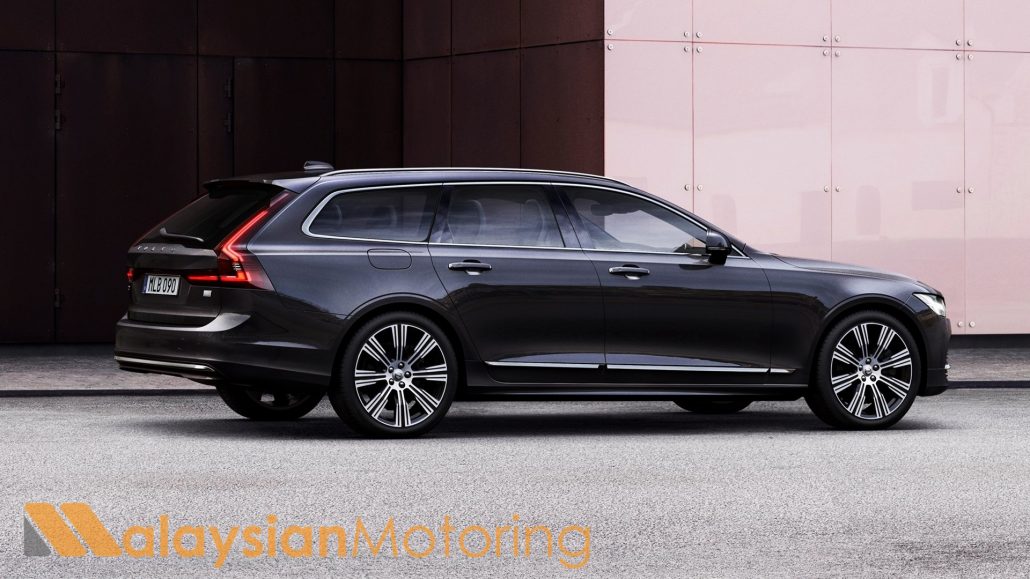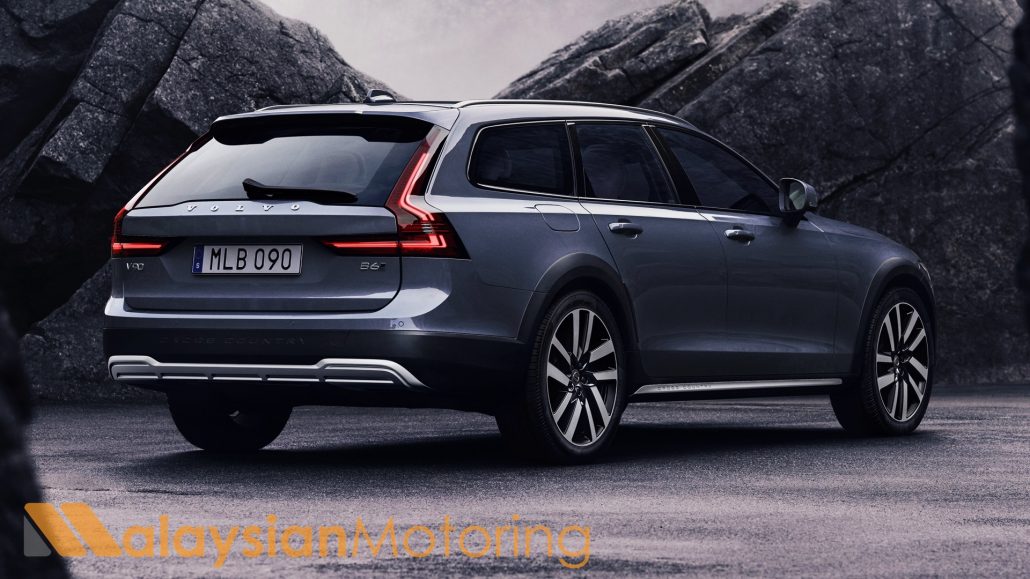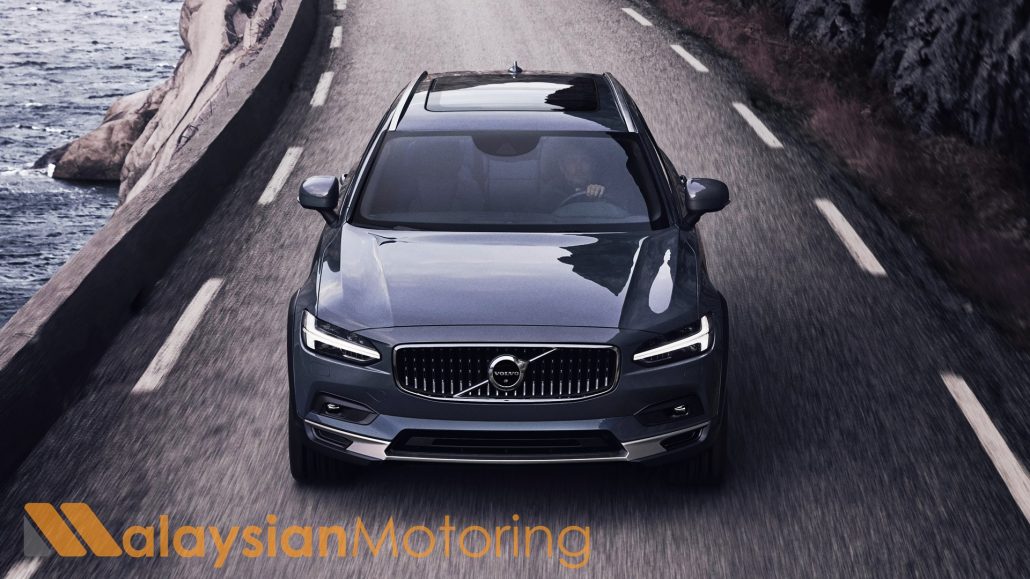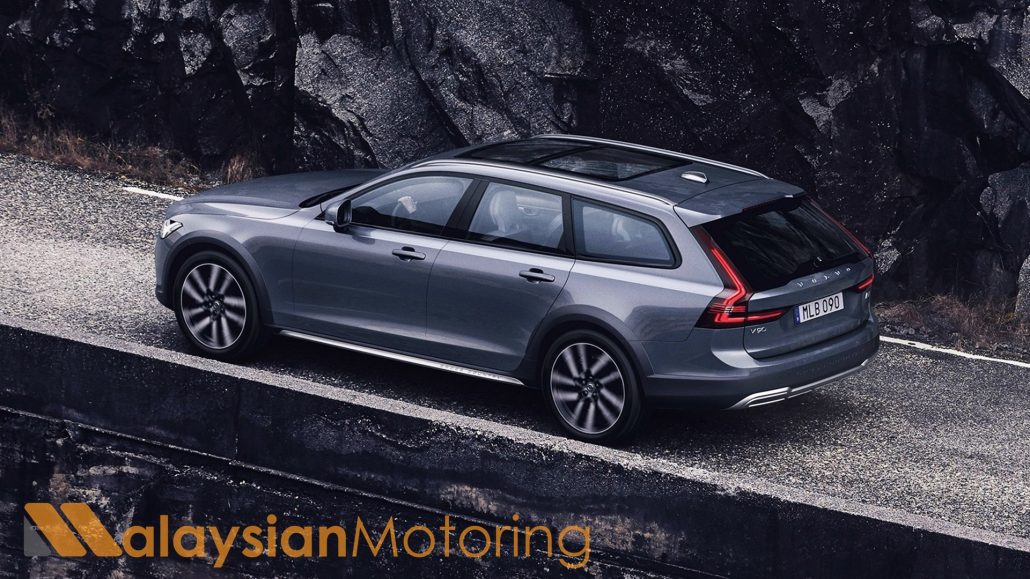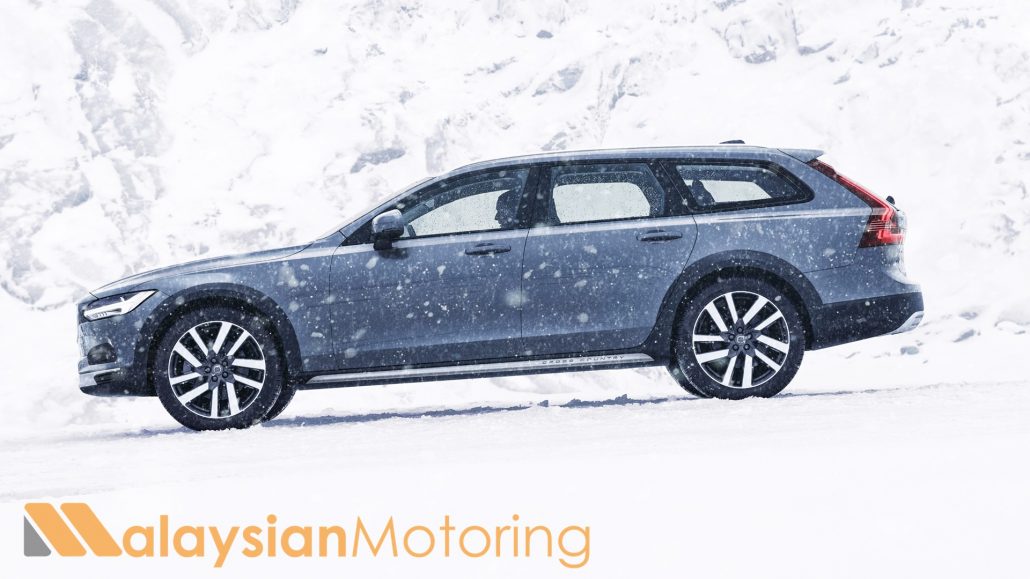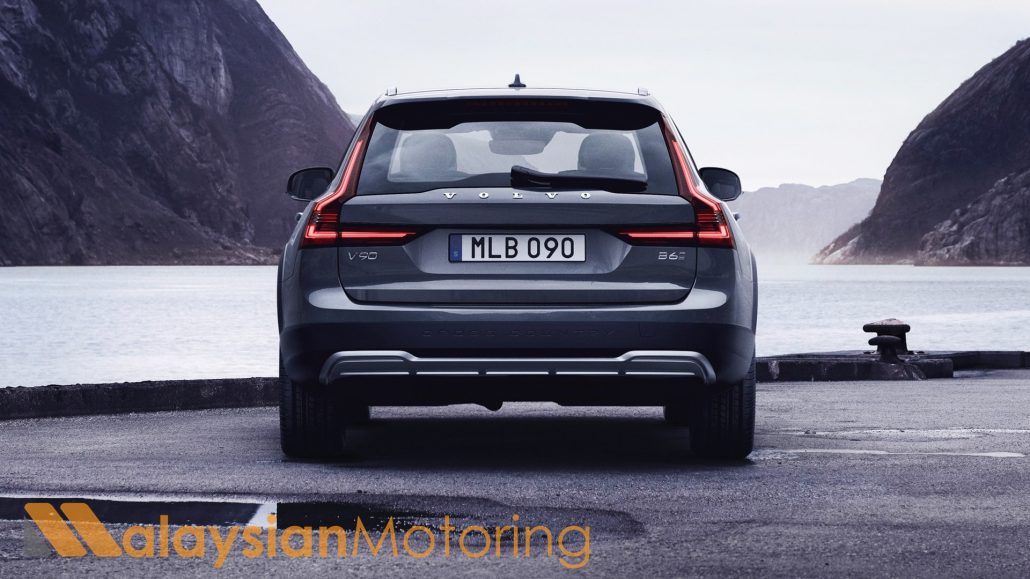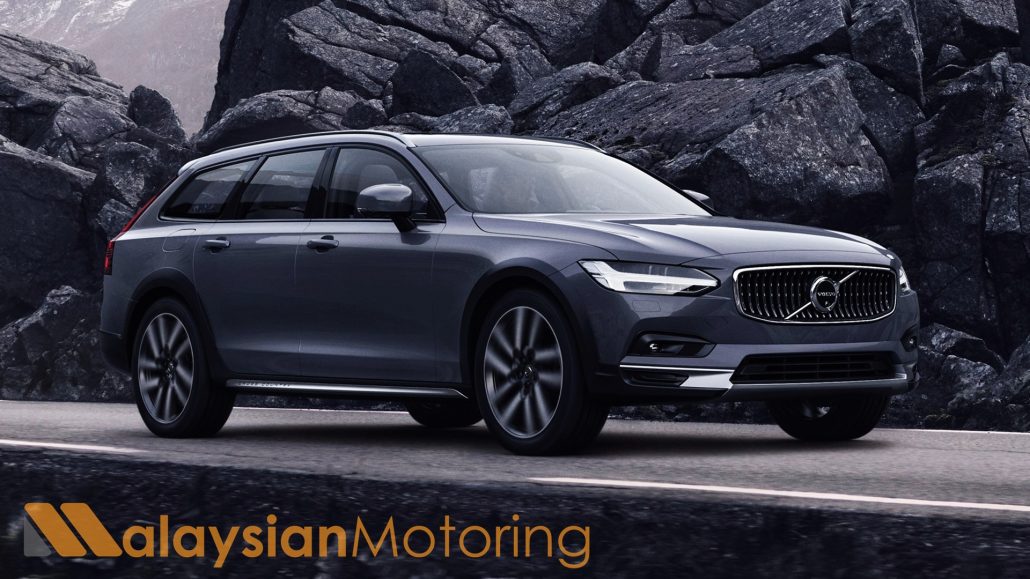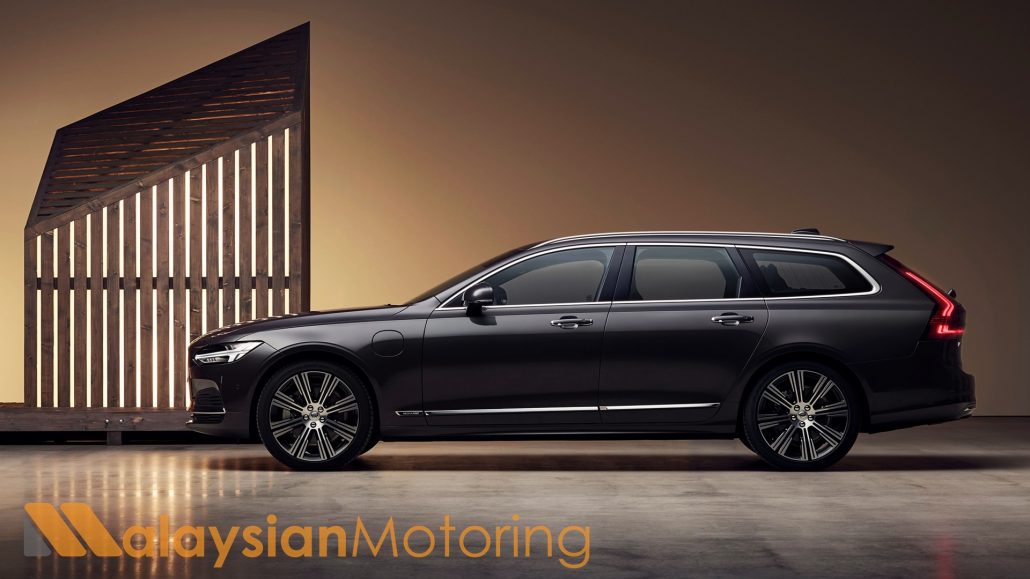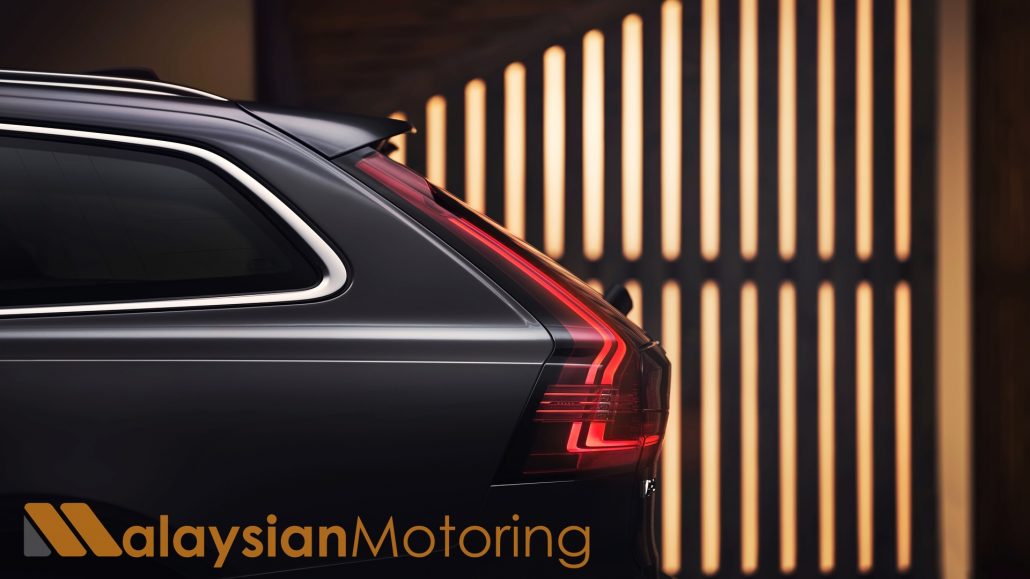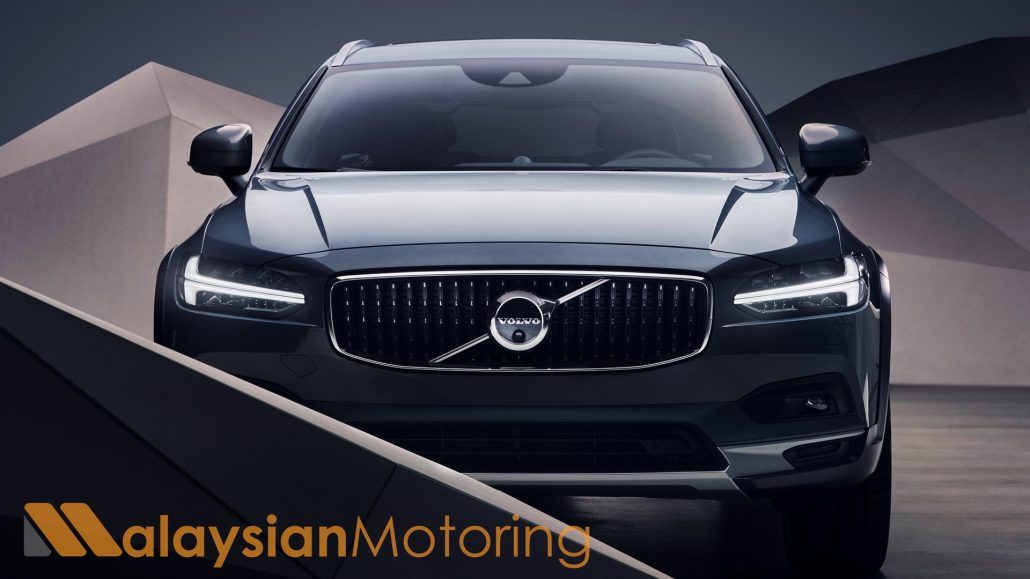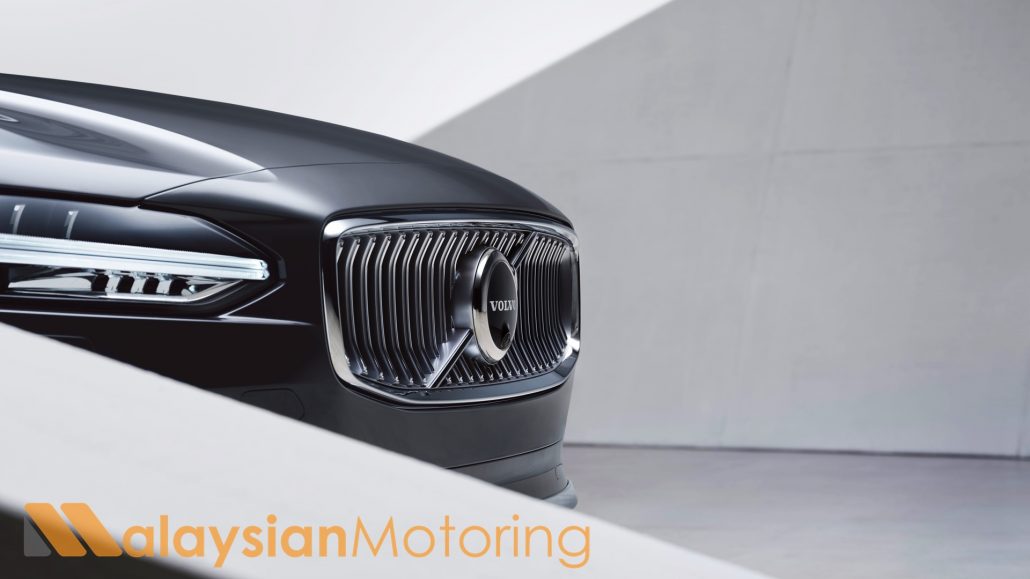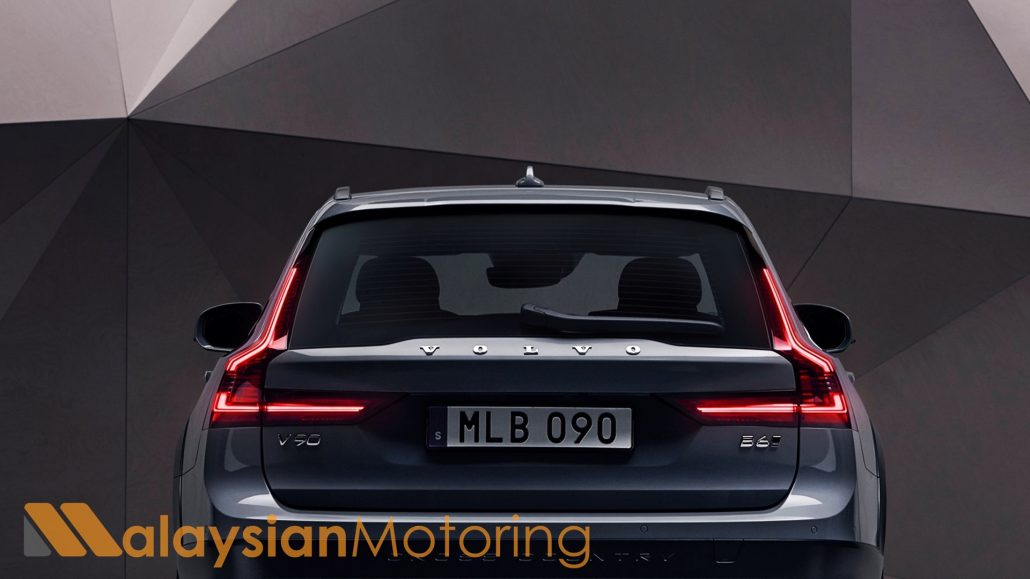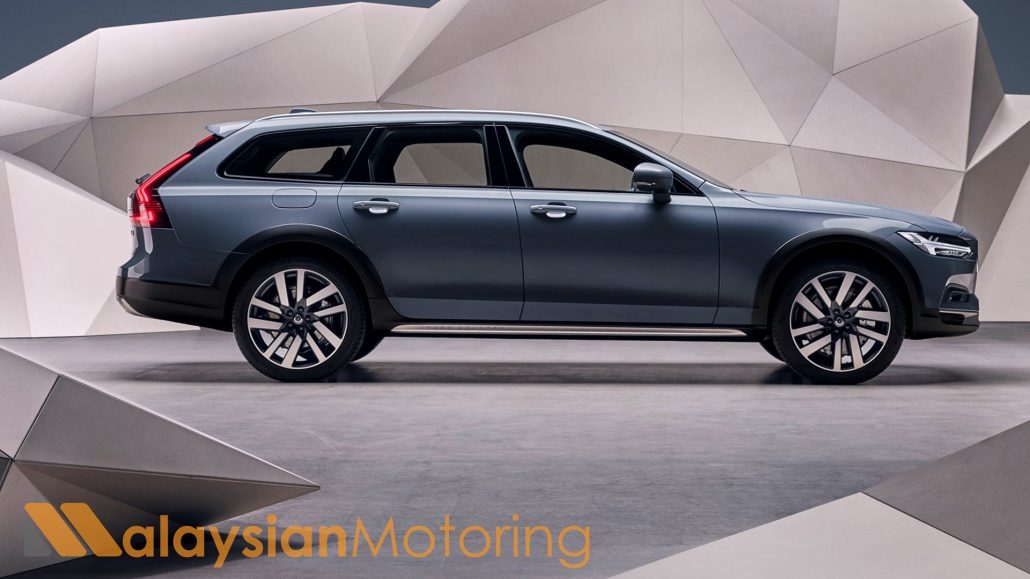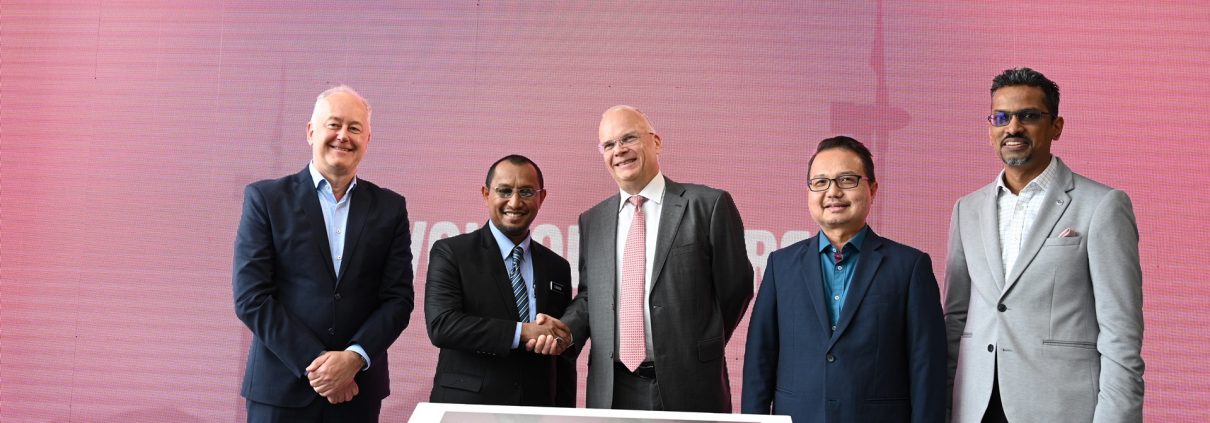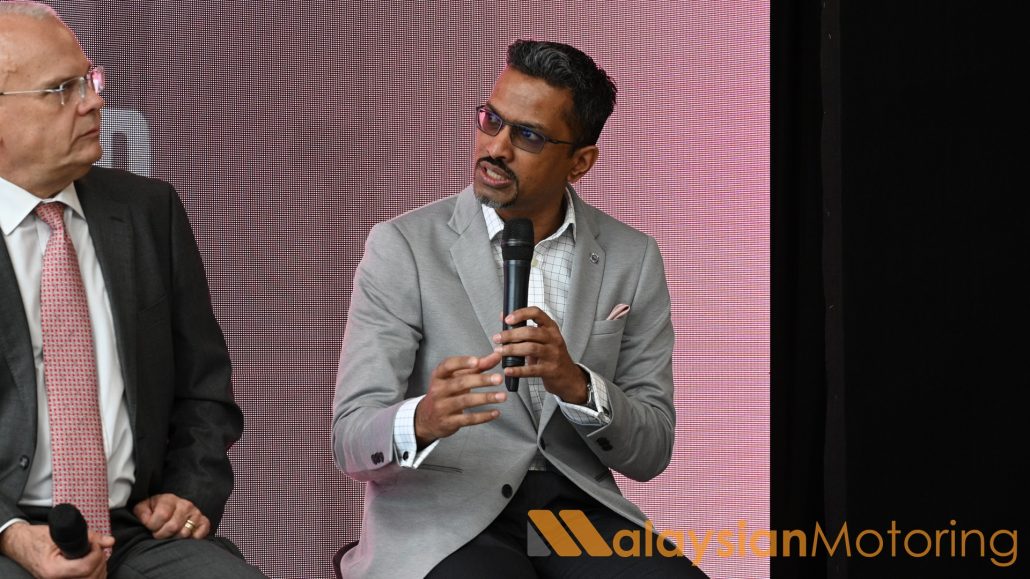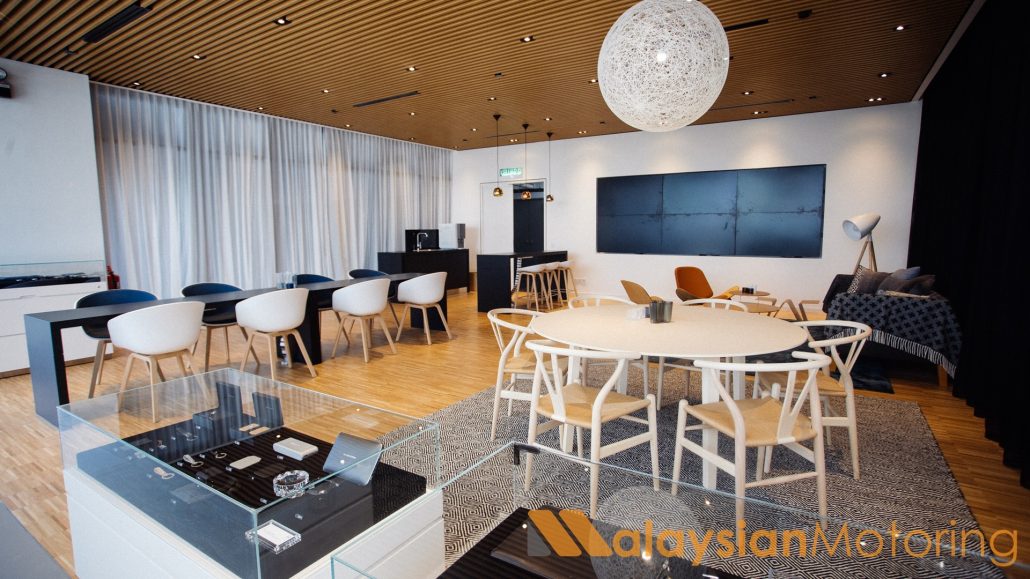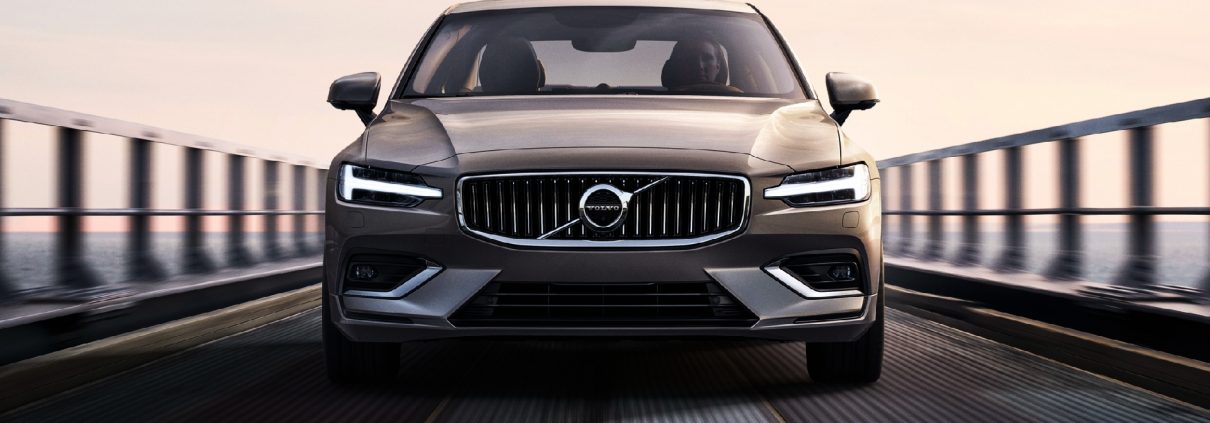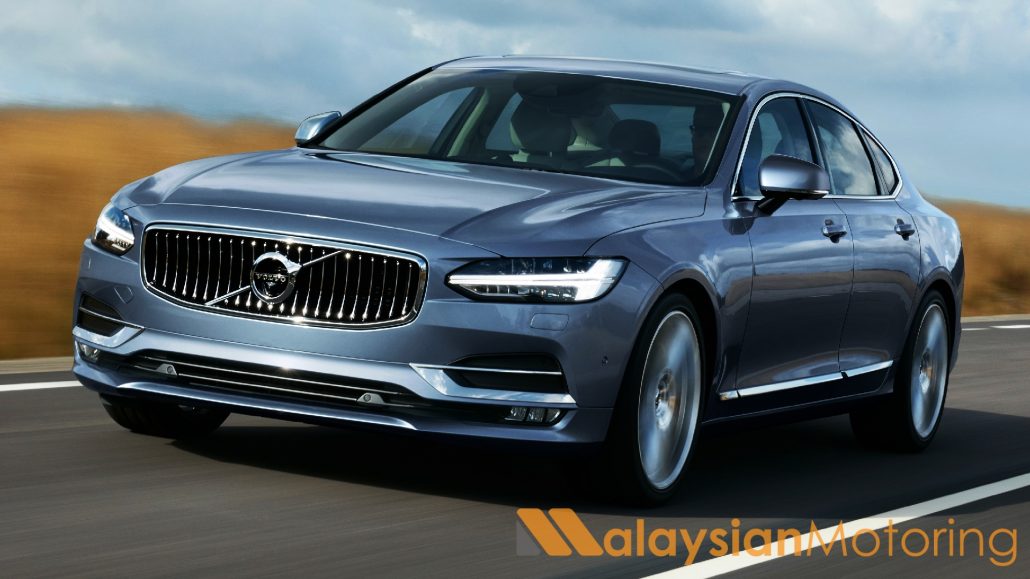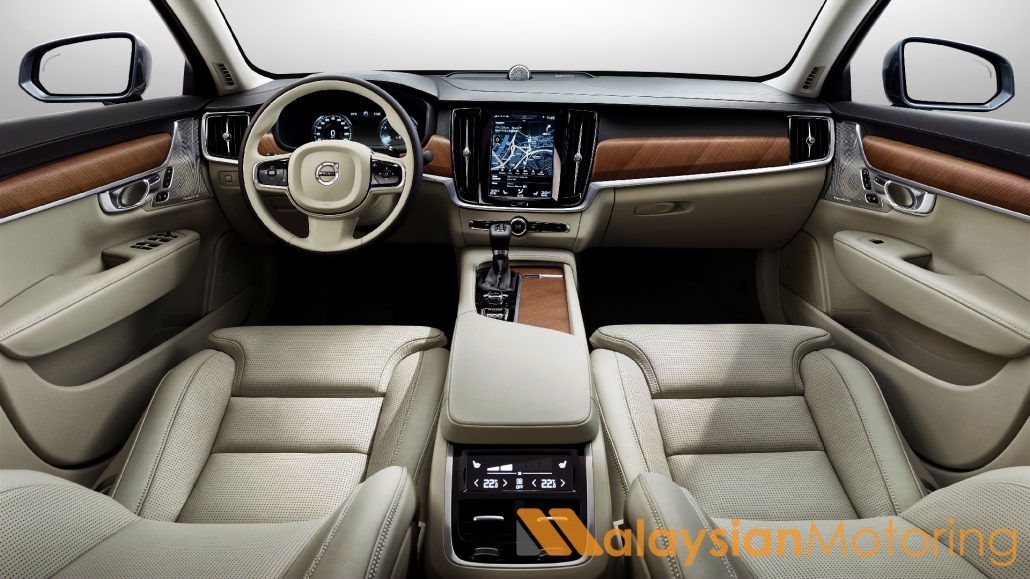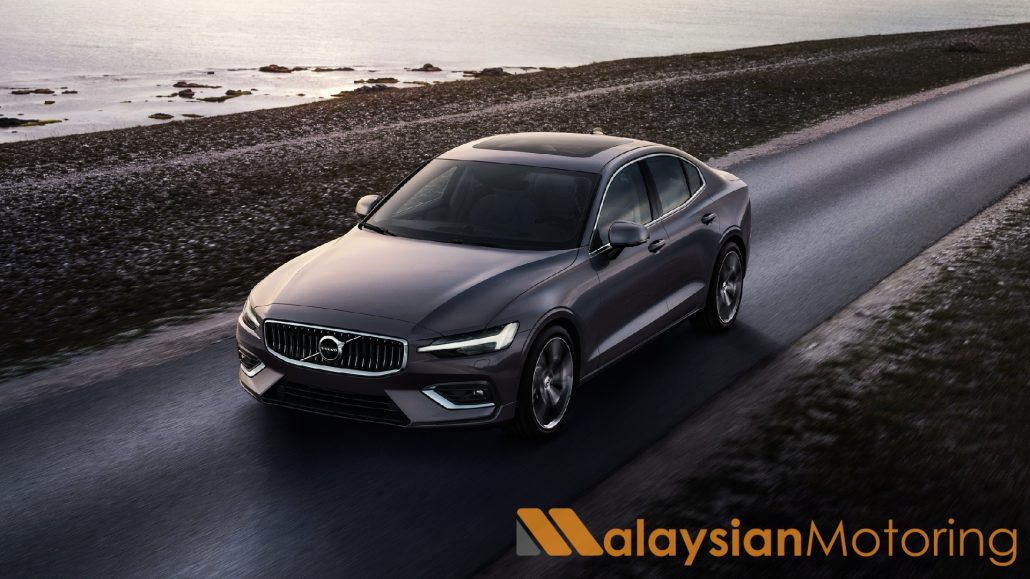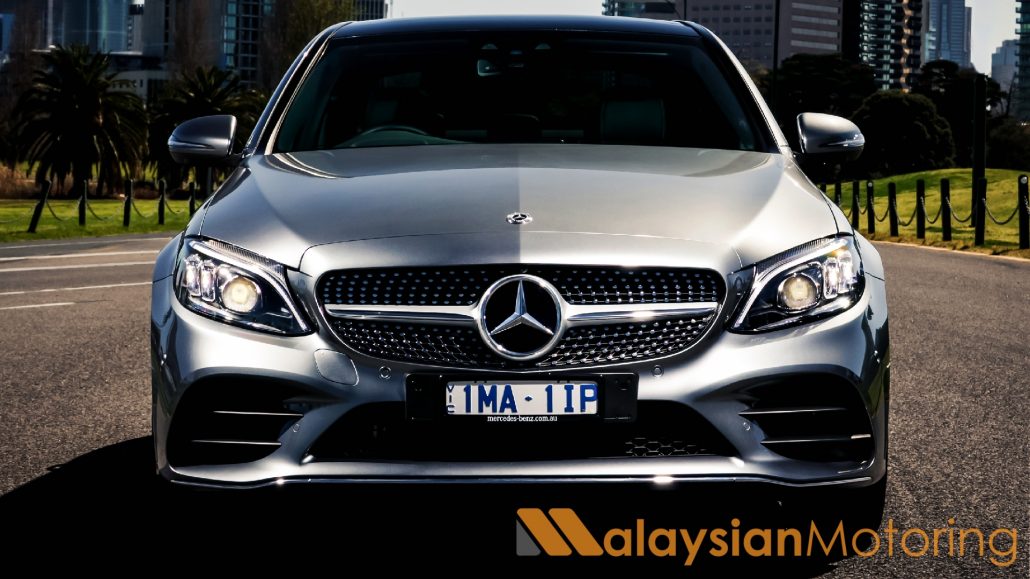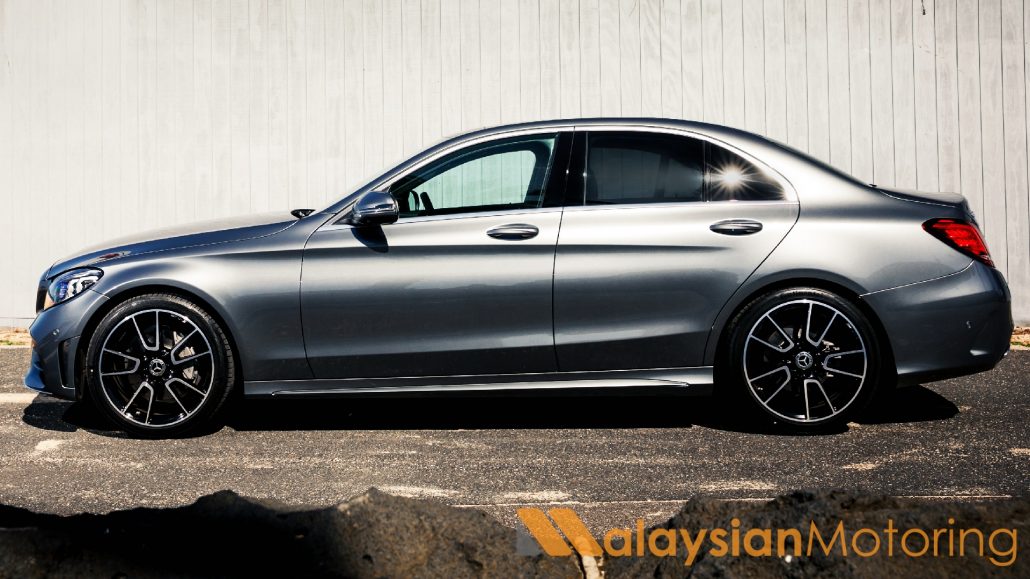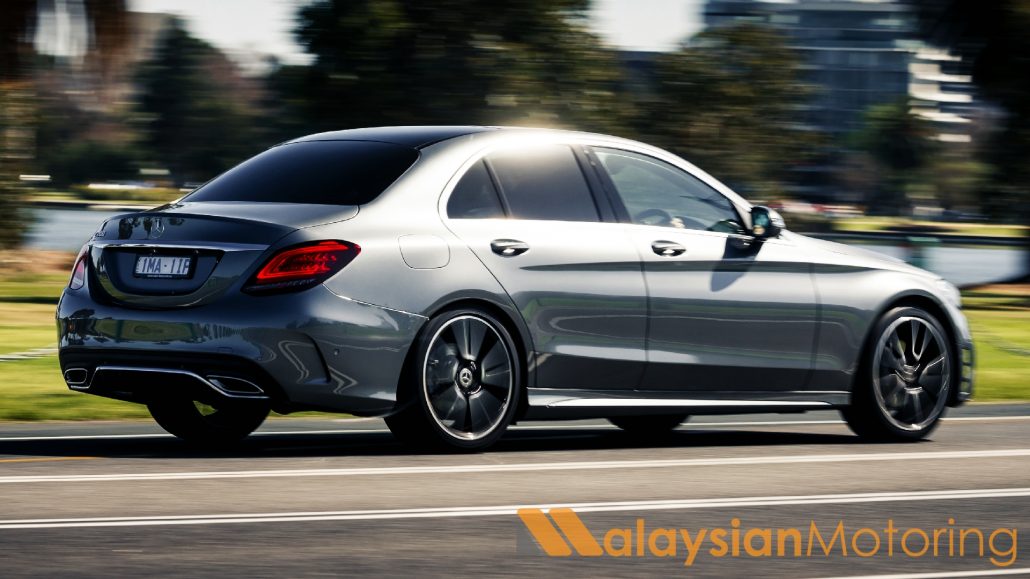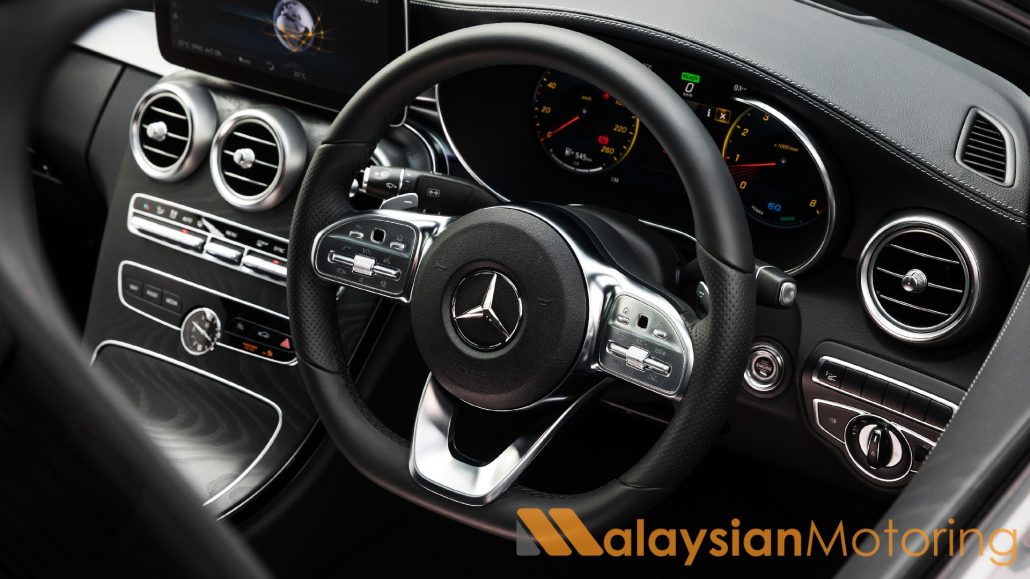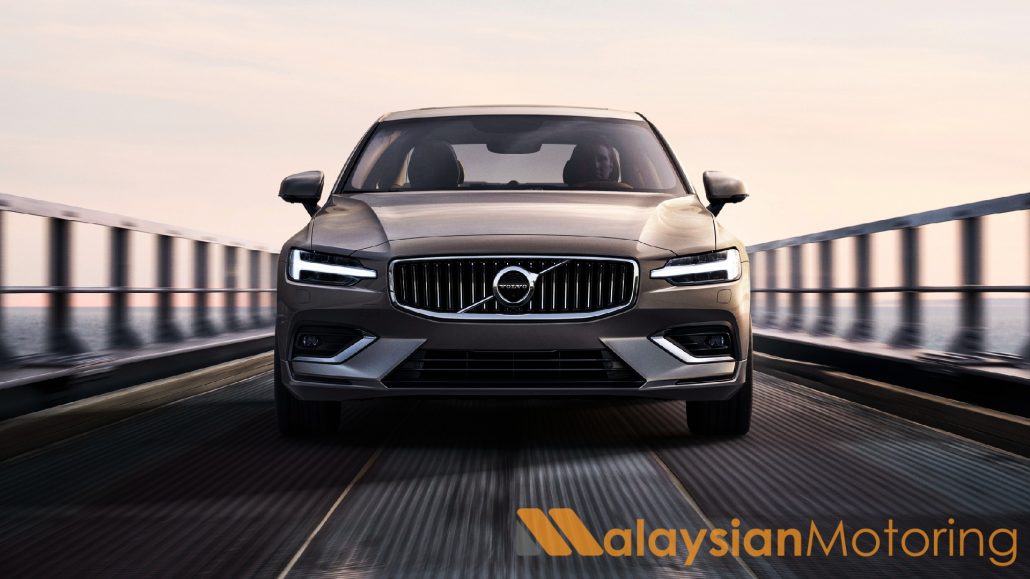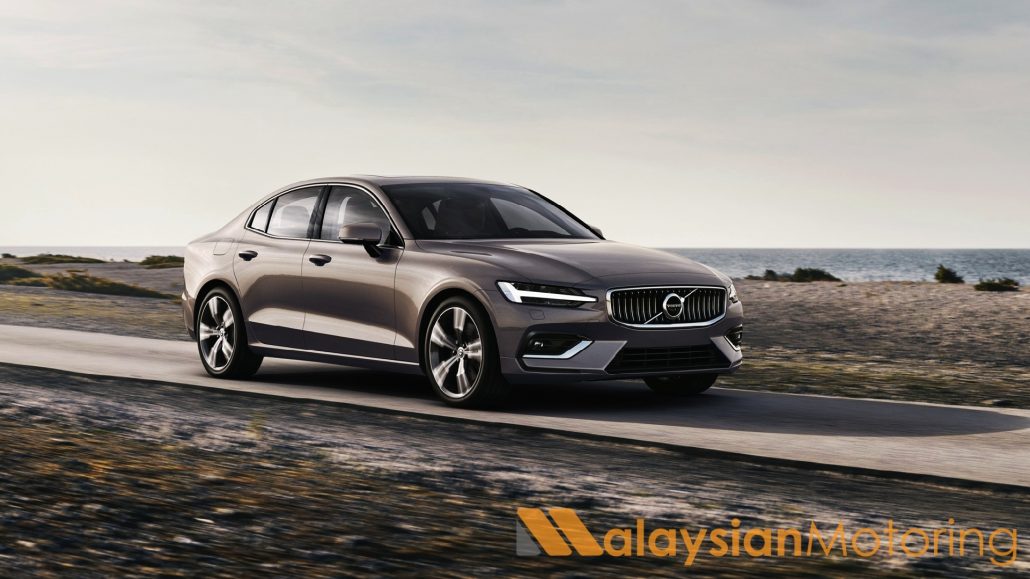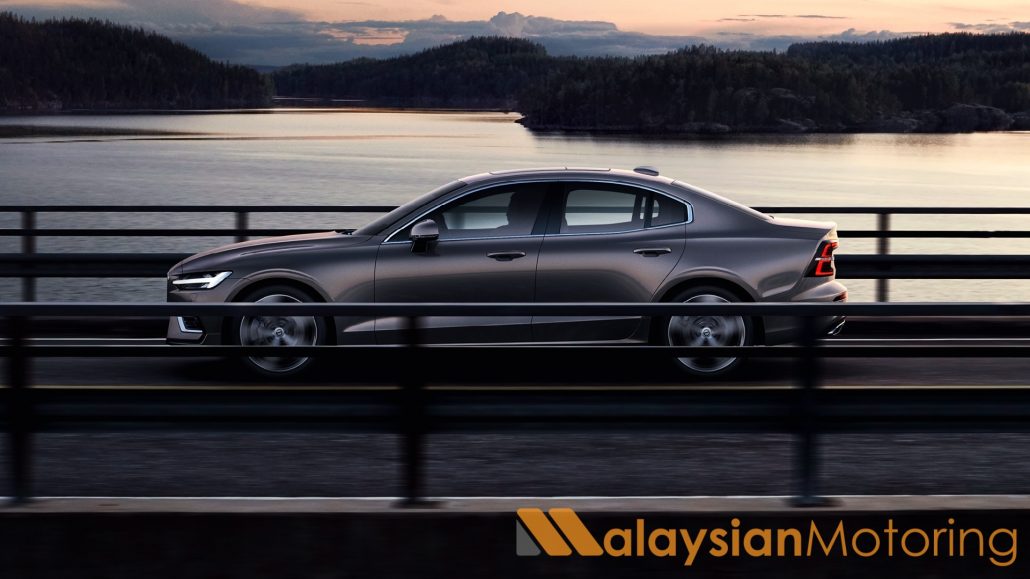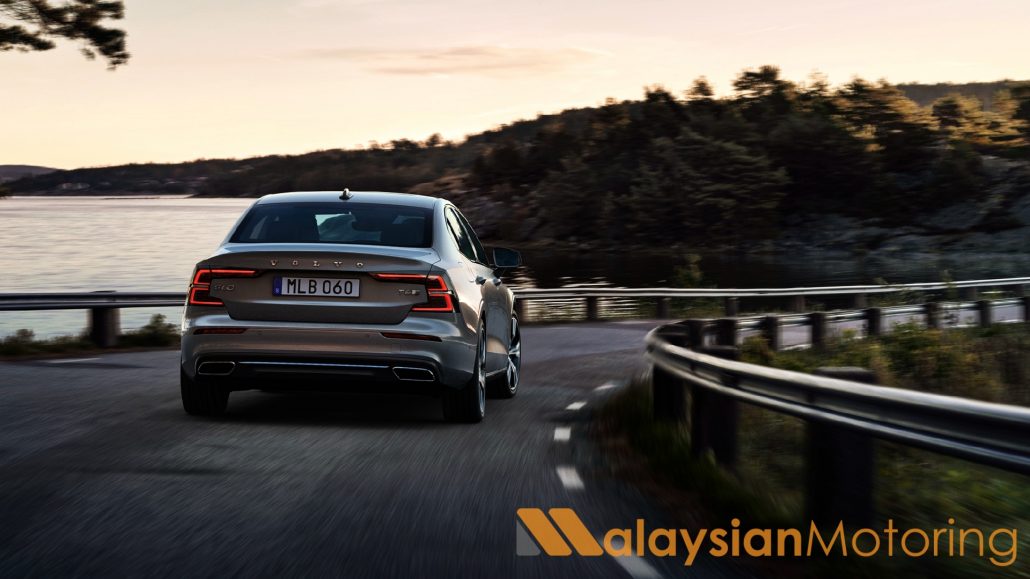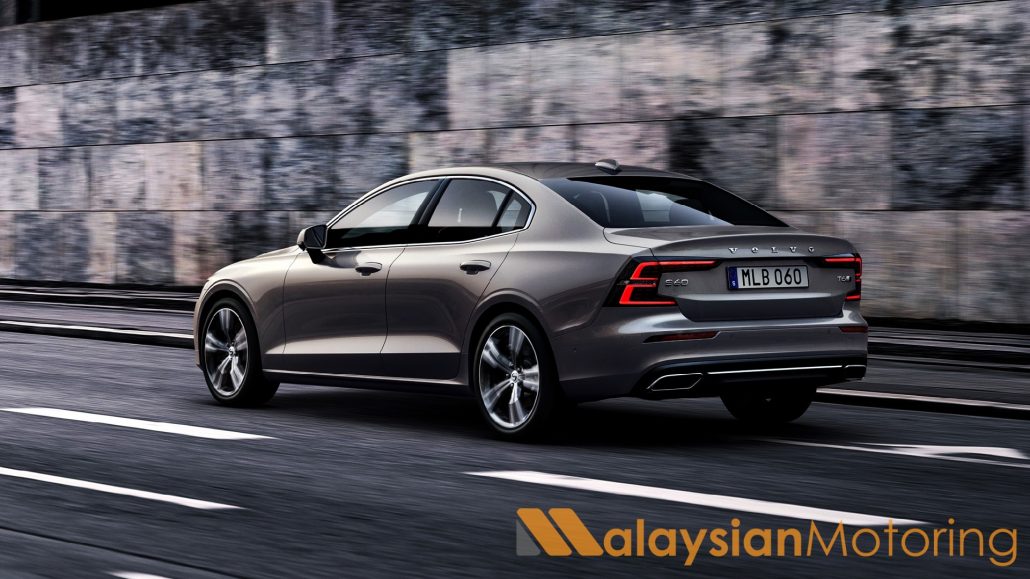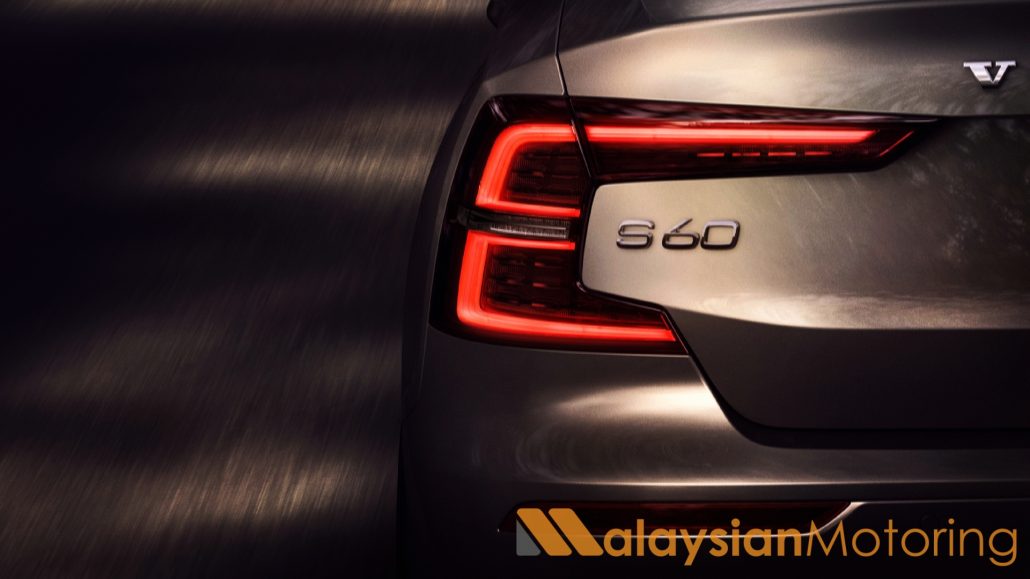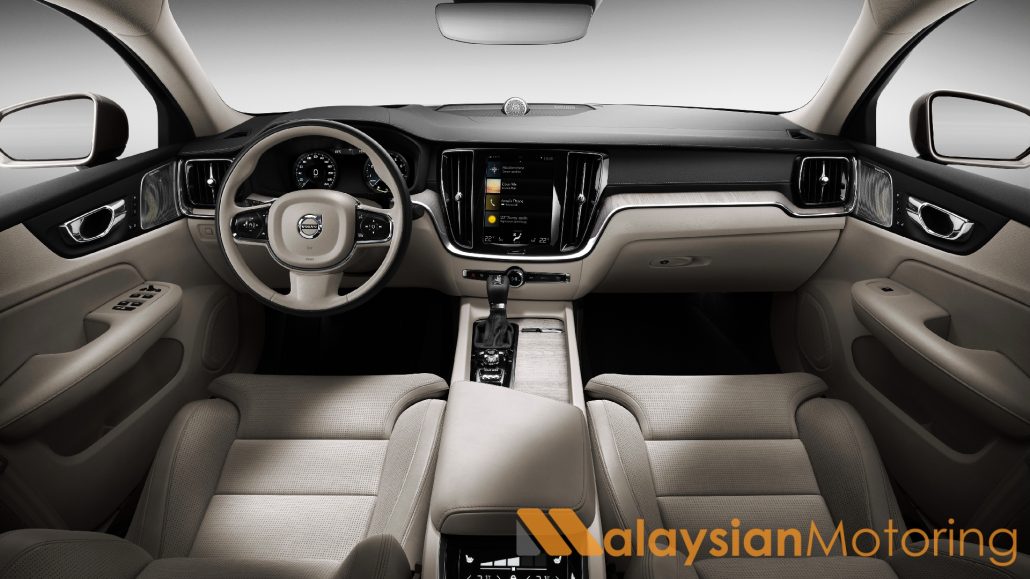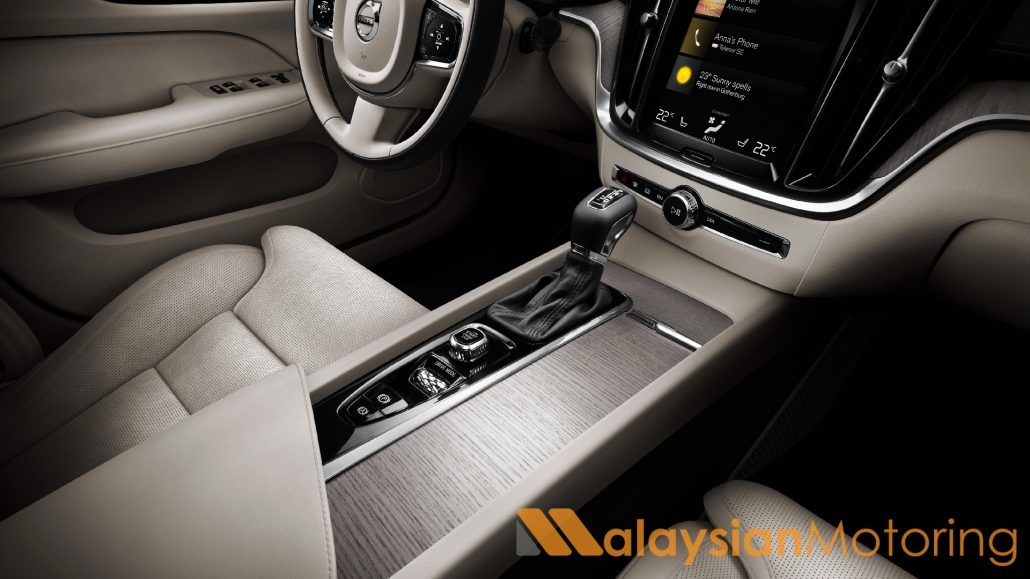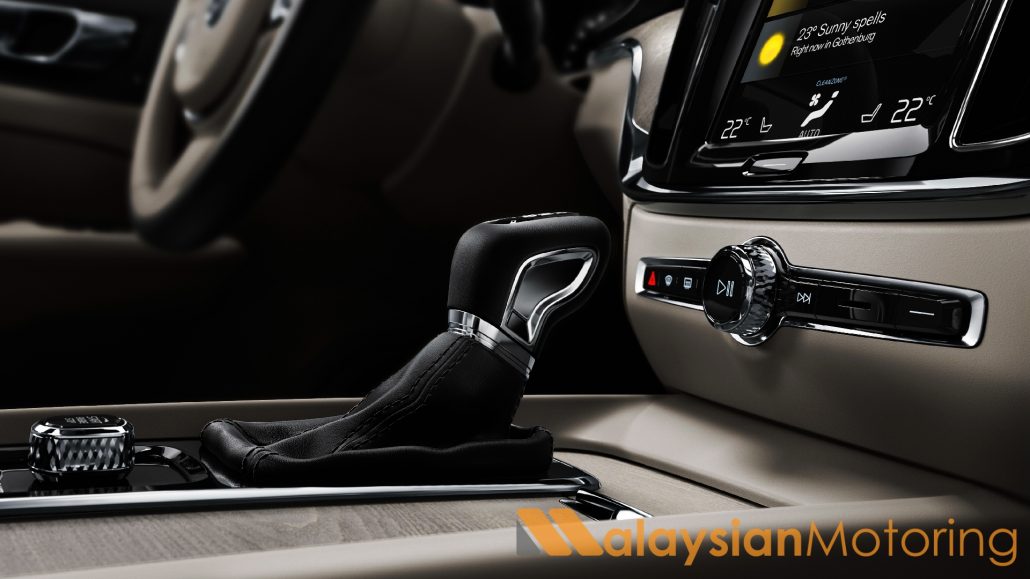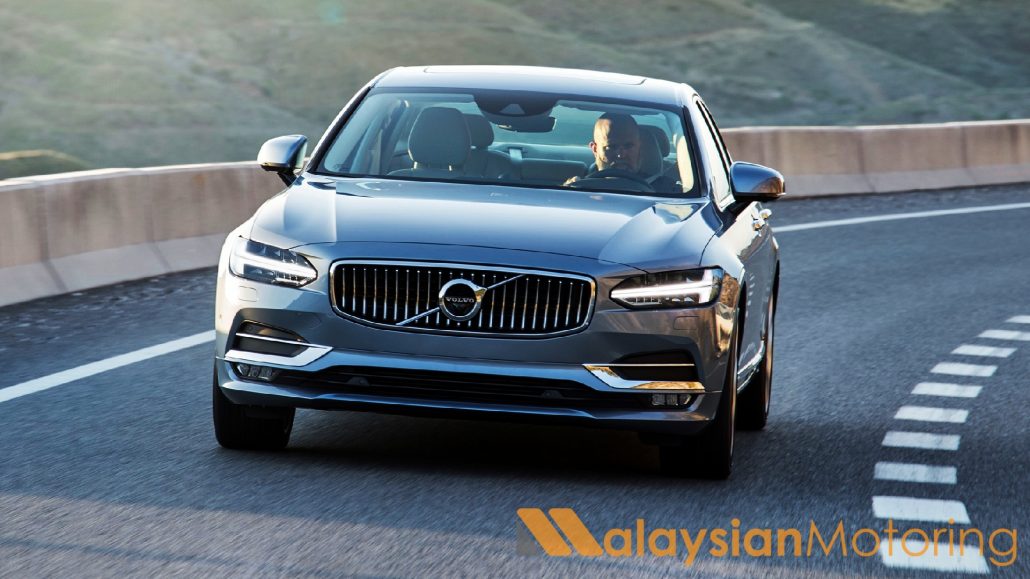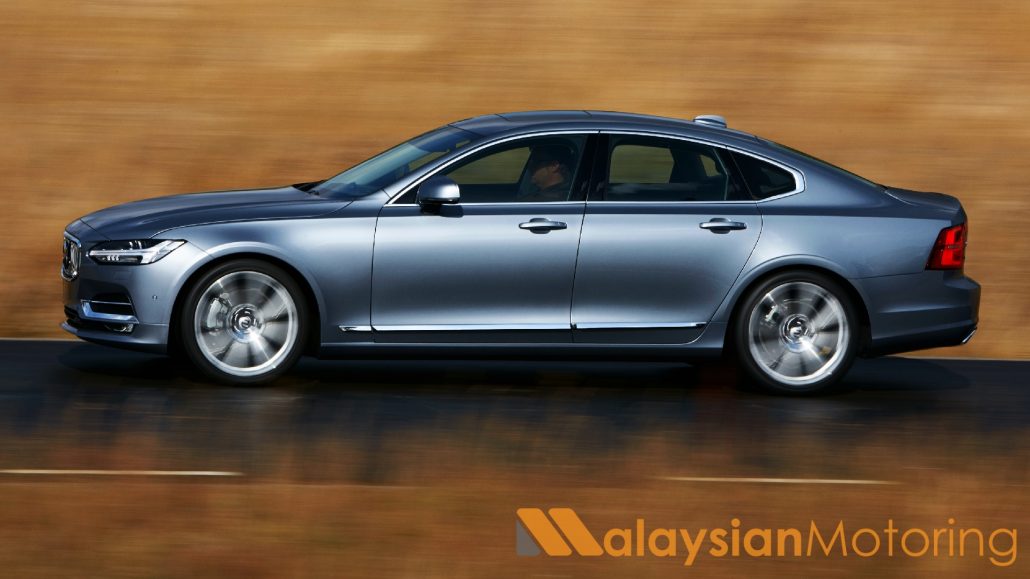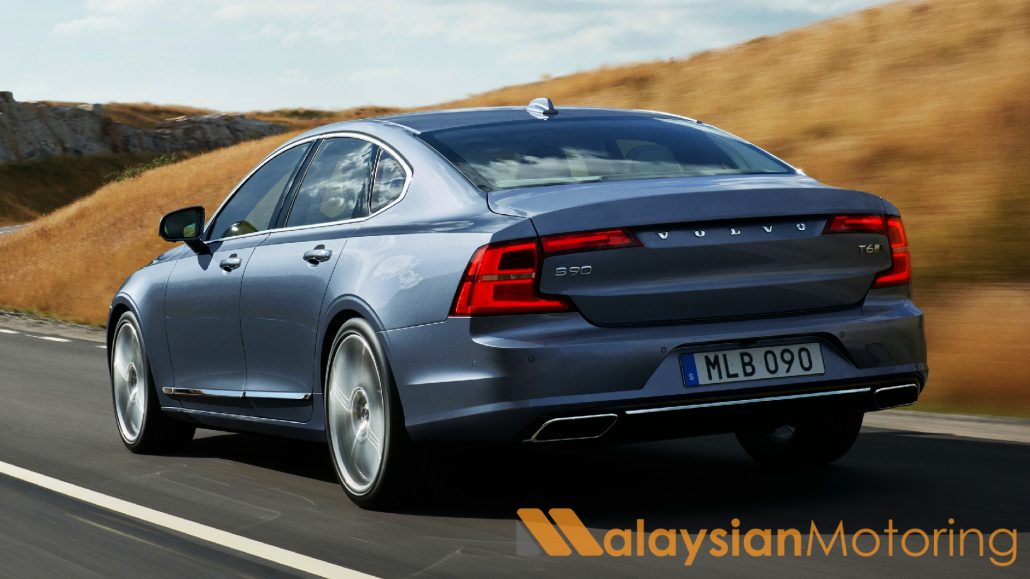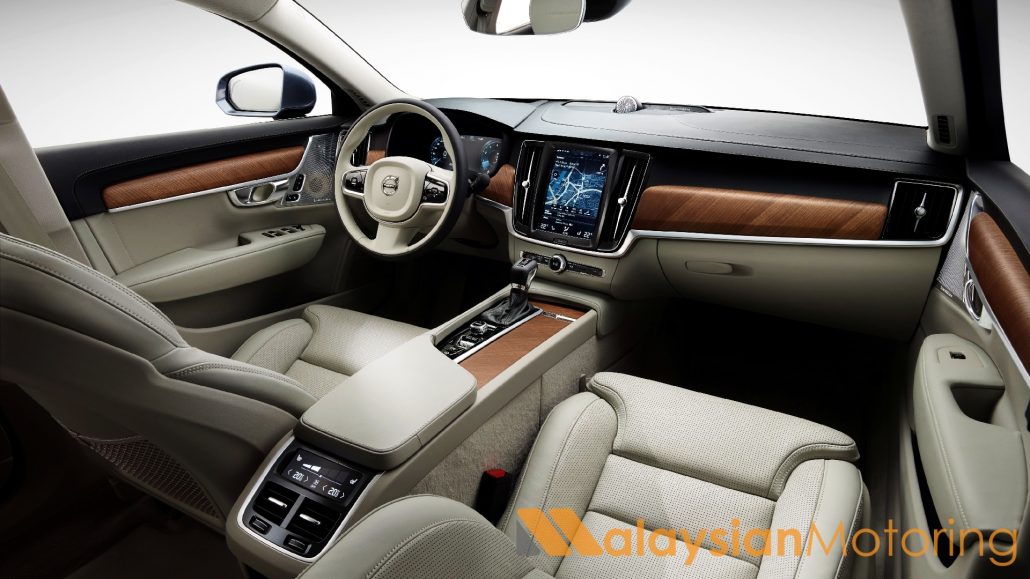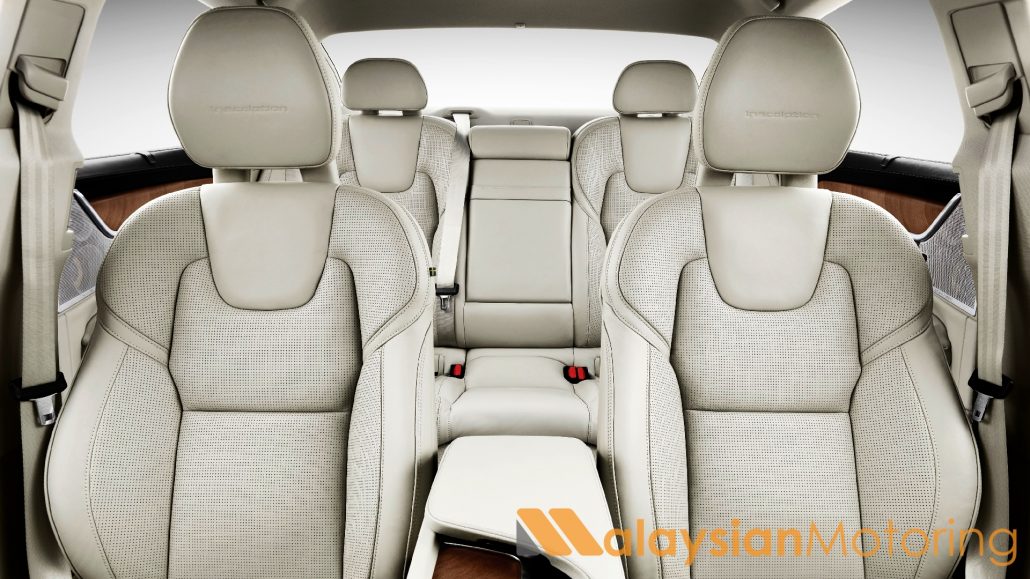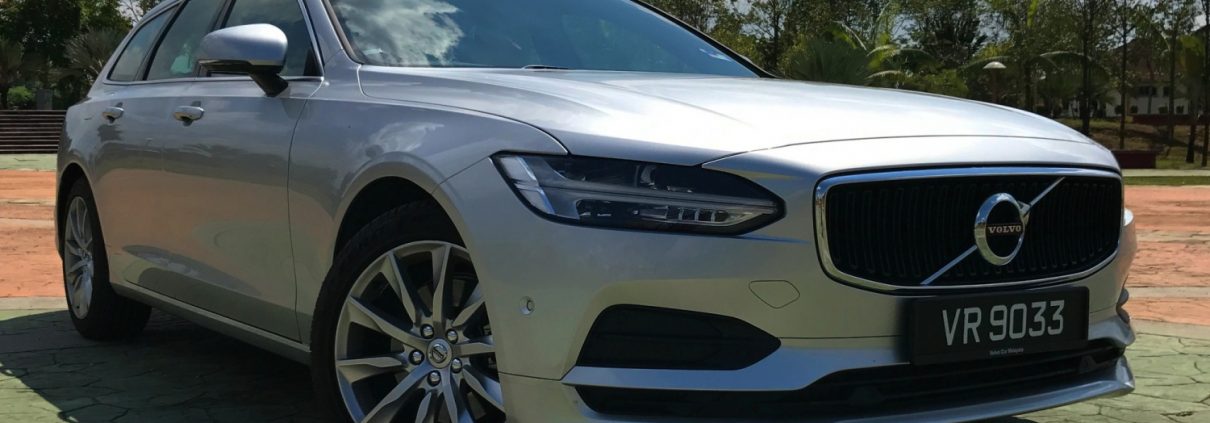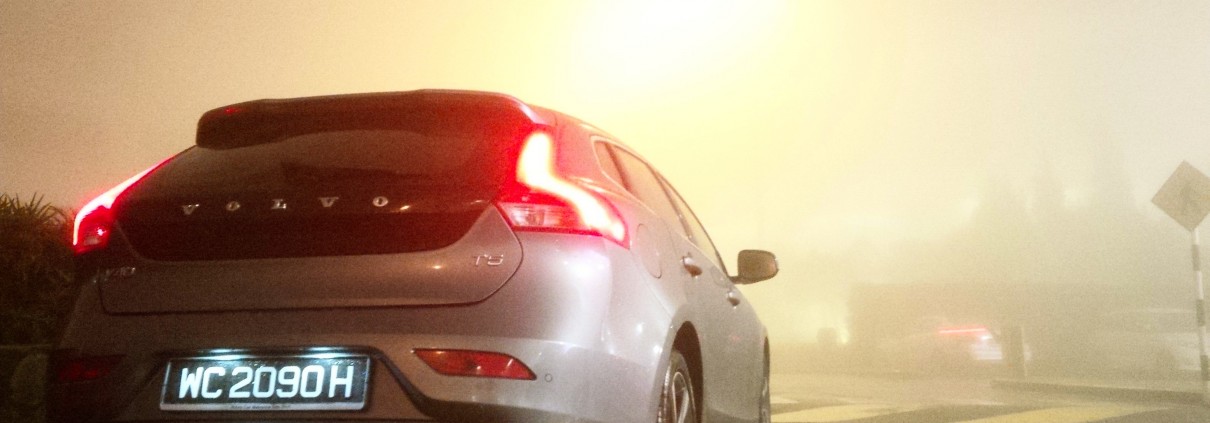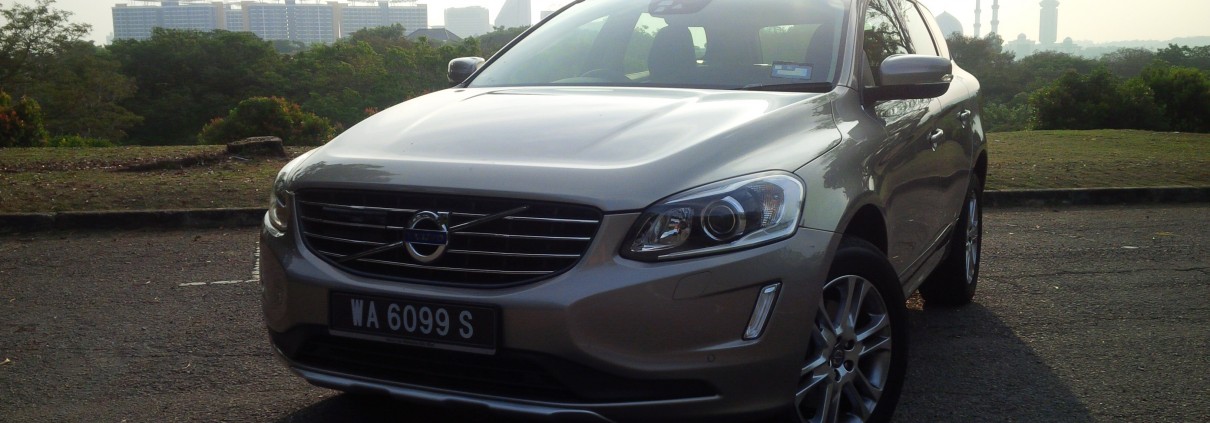6 SST-Free Bargains You Must Snap Up – Peroduas, Toyotas, BMWs, Volvos
Buy a new car, save the economy. Who could argue with that?
Earlier today, Prime Minister Tan Sri Muhyiddin Yassin announced that as part of the PENJANA COVID-19 economic stimulus package, new car purchases are set to see between a 50% reduction and 100% reduction of their sales & service tax as a way to stimulate sales in the automotive segment. This announcement came as a welcome move by the automotive sector, who are now hoping that things really can go back to normal for them.
As sales tax has long been part & parcel of any new car, many Malaysians are unaware of just how much SST they pay for on a new car. For reference, all new cars are subject to 10% SST – therefore, the ‘discounts’ on a new car can be easily calculated at 10% for locally-assembled or CKD vehicles, while there’ll be a 5% retail price reduction for fully-imported cars.
To give you an idea of what that looks like, we’ve listed down 6 excellent cars from across the spectrum, beginning with everyone’s favourite Perodua Myvi, all the way up to the segment-leading & benchmark-setting Volvo XC90, as well as a reference in between of what a fully-imported purchase would feel like right about now too.
It’s worth noting of course that as SST is applied only to the nett selling price, the figures that we’re suggesting here are likely a bit hopeful – based on what we saw during the last ‘tax holiday,’ we should expect to see decreases between 3%-5% at the most off retail selling prices. But given the current situation, car companies would be remiss not to put their best deals forward to lure customers back into showrooms and into new cars, no?
PERODUA MYVI 1.5 AV – RM48,681 (RM5409 expected reduction)
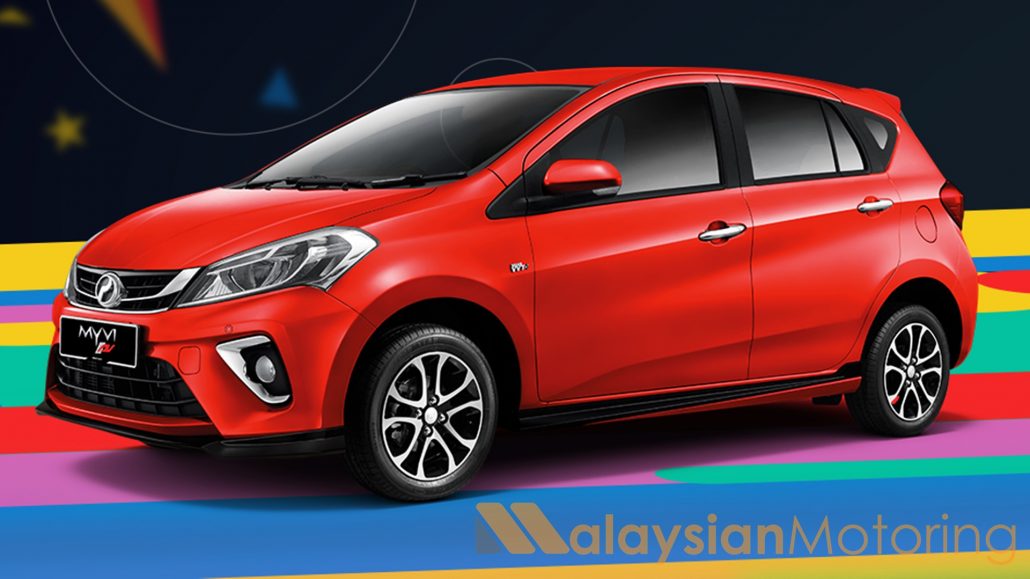
The Perodua Myvi is a firm favourite for all Malaysians, with the B-segment hatchback racking up an average of 100,000 annual sales every year since its introduction nearly 13 years ago. With lots of space, punchy performance, and levels of safety & convenience kit that would put most of its competitors to shame, the Perodua Myvi is a tough car to beat, which is why it dominates the sub-RM100k segment almost entirely.
Watch our review of the Perodua Myvi here.
PERODUA ARUZ 1.5 AV – RM70,110 (RM7790 expected reduction)
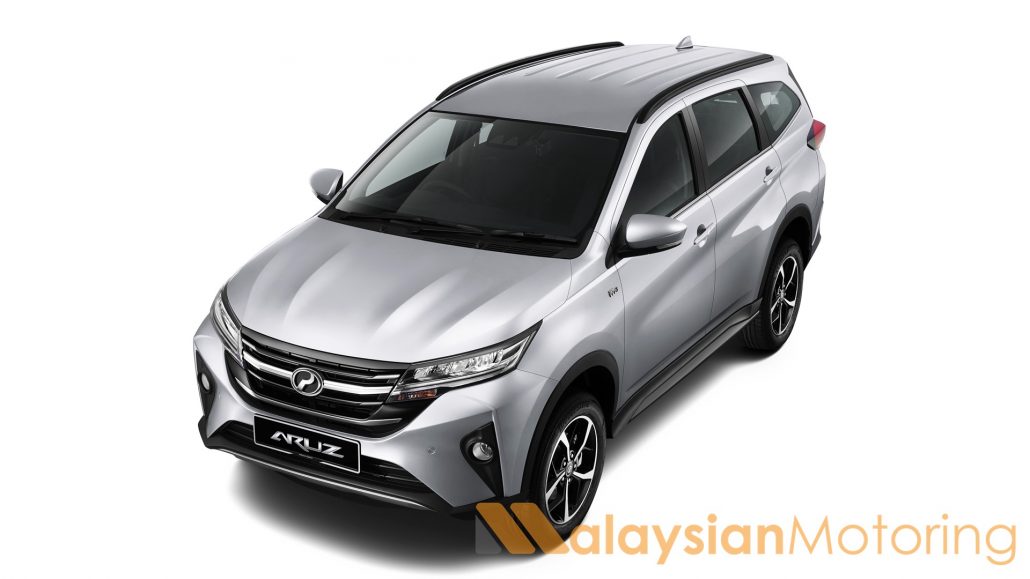
The Perodua Aruz is another one of the Sg. Choh company’s runaway successes, though while the Myvi is famously known as the surprise hit, the Aruz was far more calculated. Dominating the sub-RM100k SUV space and taking the cake as Malaysia’s most popular SUV, the Aruz provides acres of space & practicality, and offers car-like usability & functionality despite the commanding ride height. And paired with traditional Perodua running costs, it’s no wonder that its Japanese sibling (which is built in the same factory with the same powertrain by the same people, mind) is failing to gain traction…
You can watch our review of the Perodua Aruz here.
TOYOTA COROLLA 1.8G (CBU) – RM132,893 (RM6995 expected reduction)
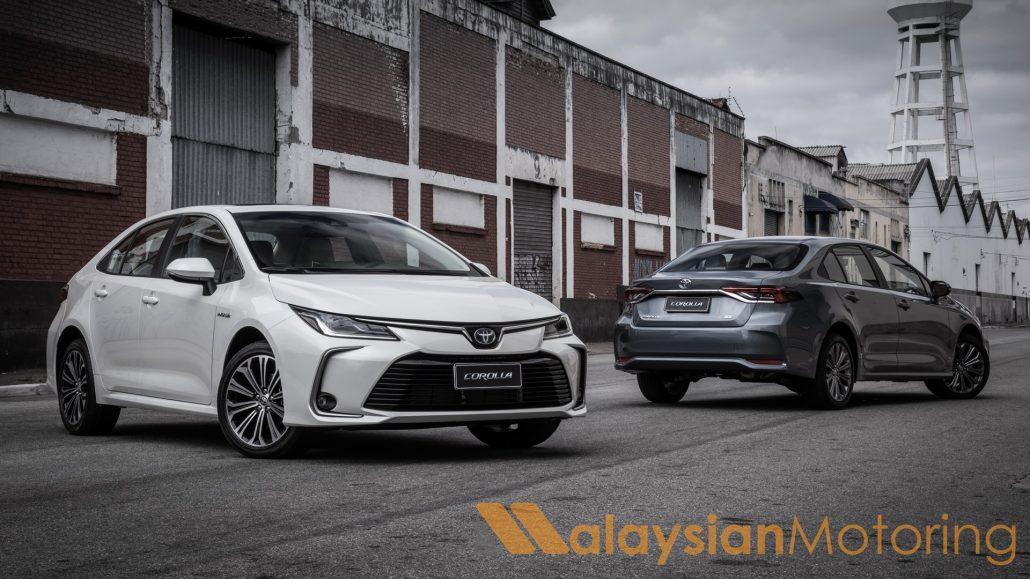
The Toyota Corolla is actually our only fully-imported example car we’re putting in the list, on the account of its great styling, amazing safety kit, and impressive performance. The Thai-built Corolla (now free of the ‘Altis’ name previous generations carried) is an excellent example of what we can expect to see from the Japanese marque going forwards – more engaging design, a more engaging drive, better technology, and the same tried-and-tested Toyota value.
(We haven’t reviewed the Toyota Corolla yet, so there’s no review to plug here…)
BMW 330i M-Sport (CKD) – RM264,420 (RM29,380 expected reduction)
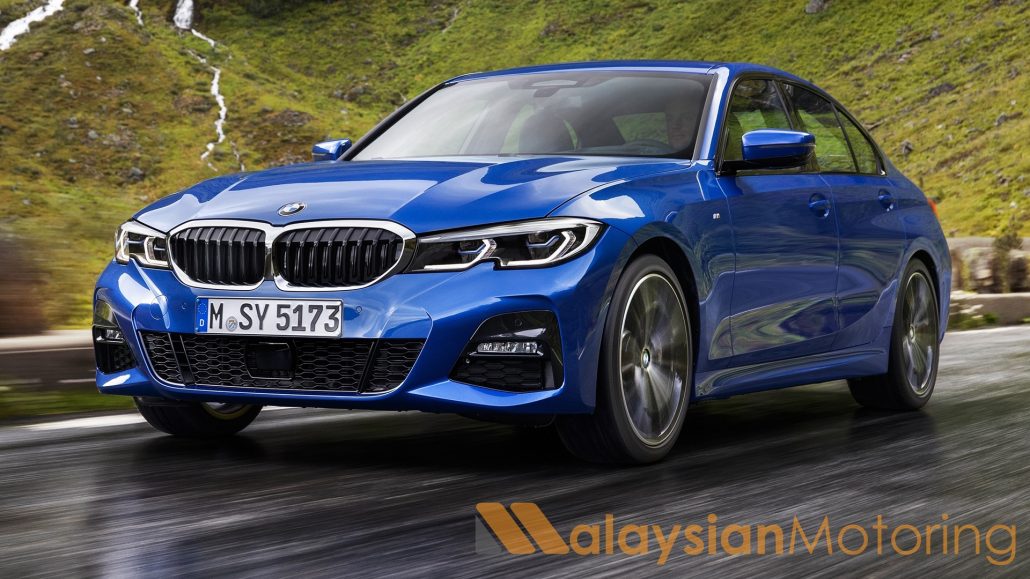
The de-facto choice in the compact executive saloon space, BMW Group Malaysia was wise to quickly introduce the CKD version of this car when it did. Not only did it offer a massive saving over the fully-imported first batch of cars, but it demonstrated the excellent quality control measures implemented by the local assembly plant, proving that there’s literally nothing to lose.
Notably, the G20 3-Series is now a sharper drive than the F30 it replaces, which means it has returned to form as the driver’s choice in the segment. Not that the majority of its buyers seek it out specifically for that, in all honesty.
(We also haven’t reviewed the G20 BMW 3-Series. Do these car companies not like us?)
Volvo S60 T8 R-Design (CKD) – RM266,299.20 (RM29,588.80 expected reduction)
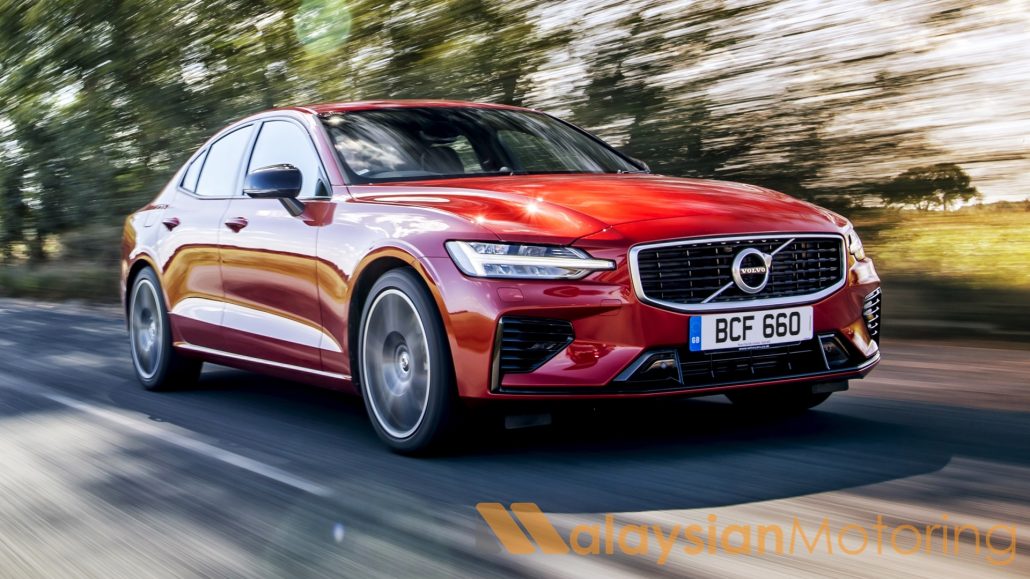
We threw this in here because it’s an absolute favourite of ours at MalaysianMotoring – with restrained styling, mind-bending performance, unbelievable (yet verified) fuel economy and standard-setting safety, the Volvo S60 is a very difficult car to fault. Couple that with a truly refined ride and the ability to outsprint a Mercedes-AMG C43, and this Swede begins to show its more brutish side.
This car is like Dwayne Johnson in a suit. Ever a gentleman, but still able to knock your jaw out at 20 paces.
(Do we not review enough cars on this website? Thank God we’ve already driven the next one…)
Volvo XC90 T8 Inscription Plus (CKD) – RM368,899.20 (RM40,988.80 expected reduction)
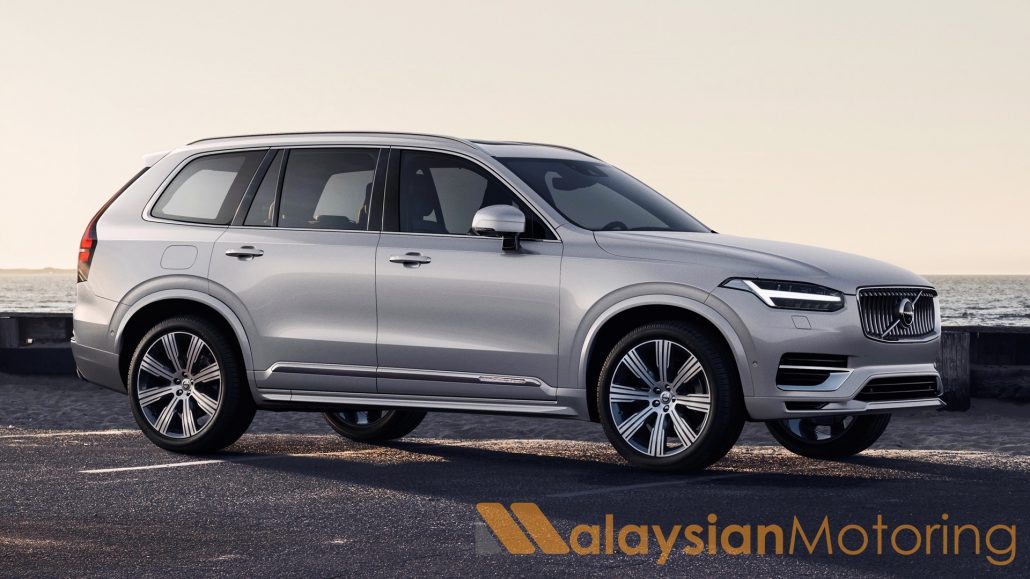
Another favourite in the office, but also a favourite among buyers – in the 7-seater SUV space, the Volvo XC90 is not only the segment leader in terms of safety, performance and standard equipment, but it’s also the most affordable of the bunch, outpricing its nearest competitors by about 5-figures at the minimum. And it’s no Turkish prison either, with sumptuous Nappa leather seats, mesmirising Bowers & Wilkins premium audio, a solid crystal gear selector knob, and the sort of ride comfort that would shame everything short of a Rolls-Royce. The Volvo XC90 may have led Volvo’s transformation into the company we see today in the here-and-now, but it’s showing absolutely no signs of aging, or slowing down.
The Volvo XC90 was #Recharged for the 2020 model year – check out our review here.
So our advice is this – if you find yourself with money to burn, a secure job and secure income, now is the best time to buy a car. Not only will you be saving way more than any seasonal promotion, but you’ll also be directly helping our beloved local automotive industry and the millions of people that it employs directly & indirectly stay afloat.
And boy, don’t we Malaysians just love our cars?






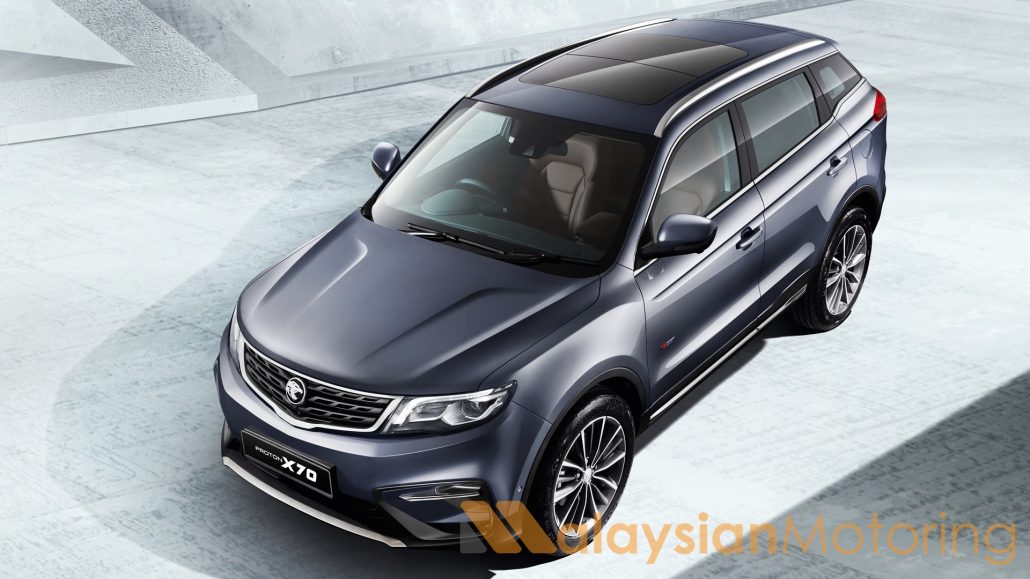
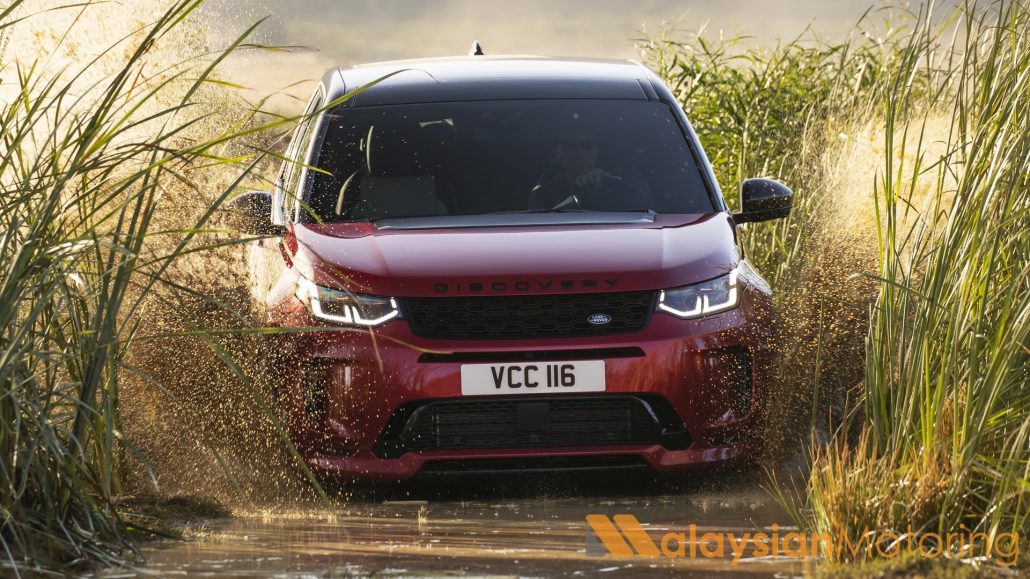
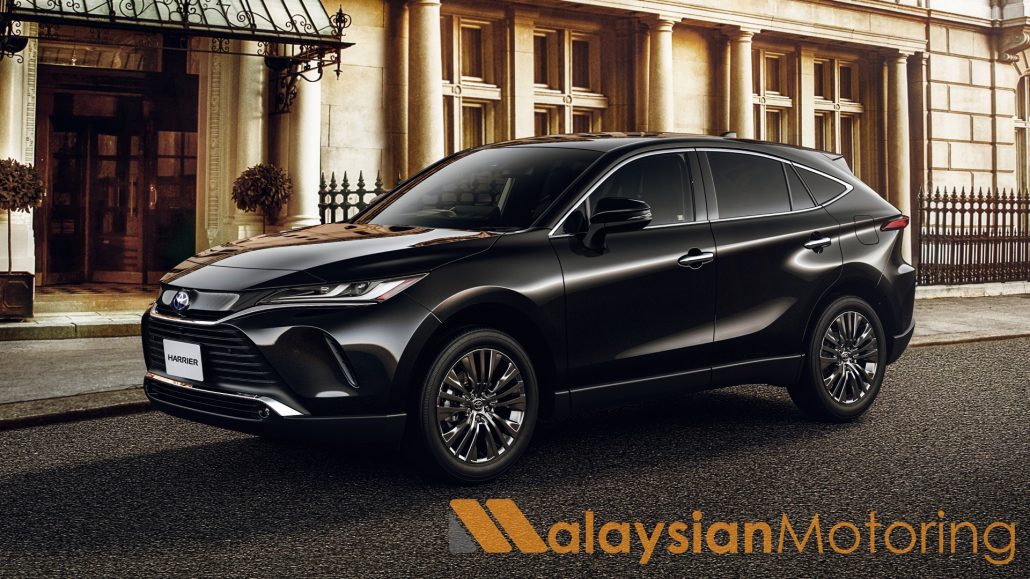
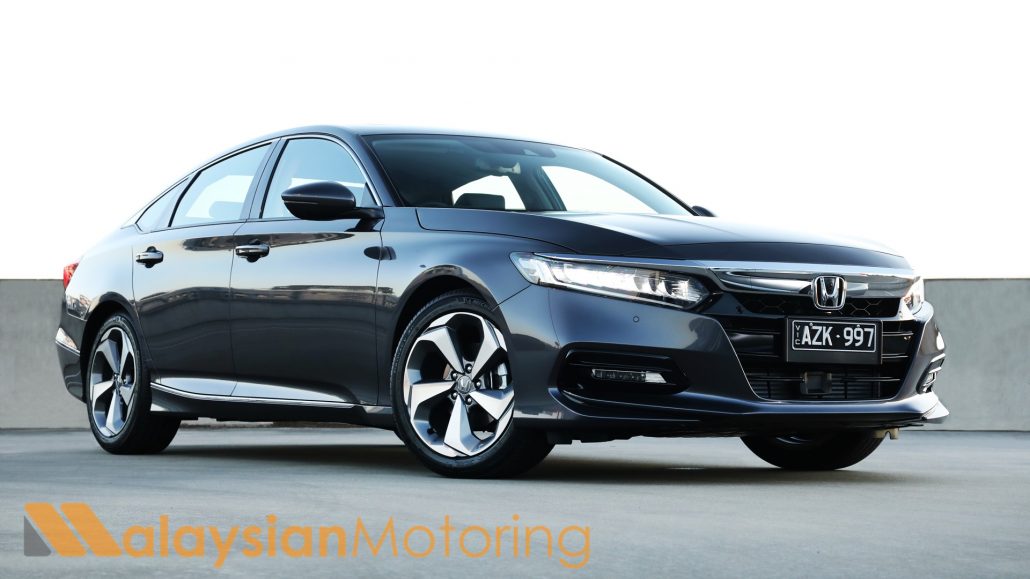
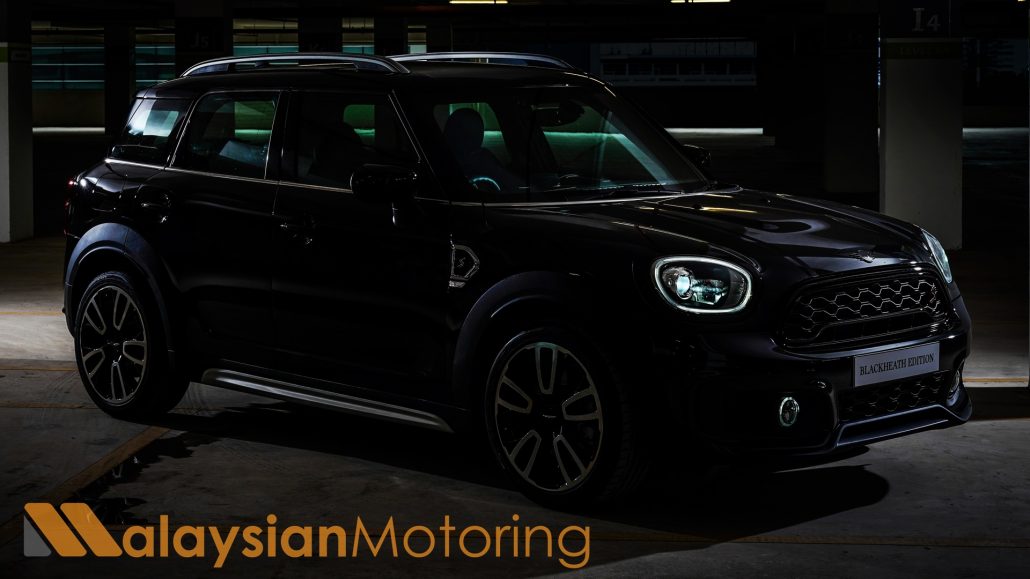
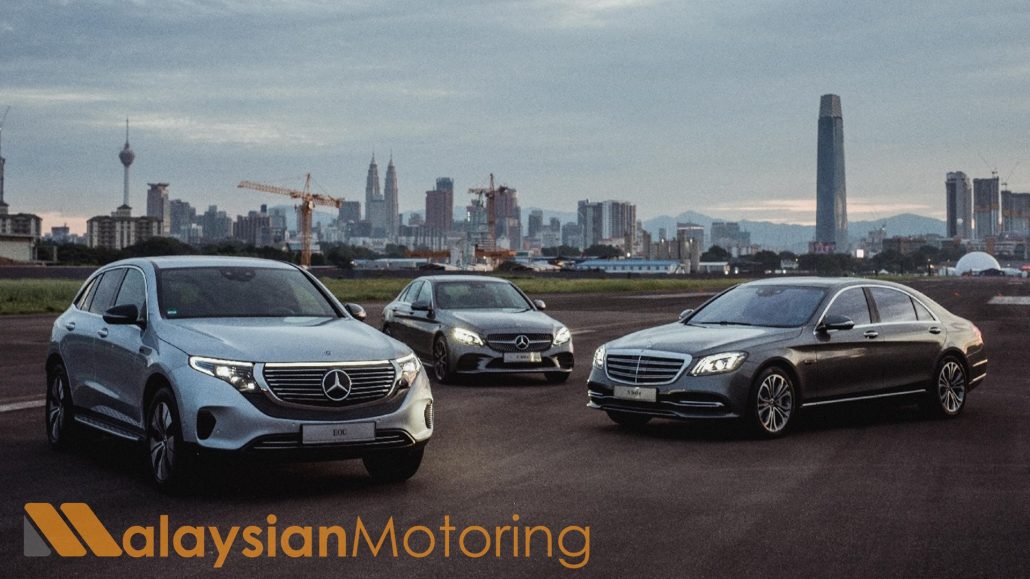
The new Mercedes-Benz EQC makes its regional debut in Malaysia, alongside the new Mercedes-Benz S560e Plug-In Hybrid, as well as the Mercedes-Benz C300e Plug-In Hybrid 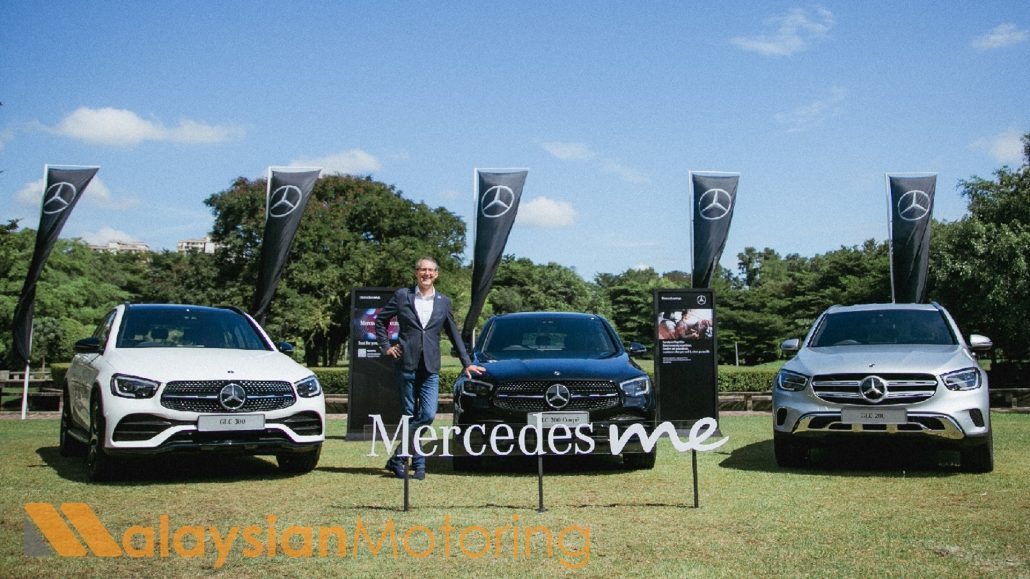
Mr. Michael Jopp, Vice President Sales & Marketing, Mercedes-Benz Malaysia, with the refreshed Mercedes-Benz GLC range featuring MercedesMe Connect 